Creative Community Engagement
WITH HOMEBOATOur engagment process is focused around the following core values:
Work toward equal access.
Collaborate with the spirit of a place.
Build hyperlocal.
Design for shared stewardship.
Move at the pace of trust. Include all community voices.

As a team we were interested in strategies that combine affordable housing,
rural communities, creative engagement, and community participation.
We believe that arts and culturally-based strategies are critical to community
planning efforts. Our practice utilizes the arts to cultivate connections within
communities and to foster a sense of pride. Art is not only a way to reflect the
character of a community, but also a tool to navigate tough issues that are
linked to development, social justice, and equity in rural places.
Funded through a grant from Partnership Art, an initiative of Southwest Minnesota Housing Partnership and funded by ArtPlace America, the Healthy Housing Initiative was developed to creatively increase household outreach and knowledge to available housing resources in St. James, Minnesota.
As artists and architects that work in civic engagement, we incorporated the following arts-based strategies in our process.
Funded through a grant from Partnership Art, an initiative of Southwest Minnesota Housing Partnership and funded by ArtPlace America, the Healthy Housing Initiative was developed to creatively increase household outreach and knowledge to available housing resources in St. James, Minnesota.
As artists and architects that work in civic engagement, we incorporated the following arts-based strategies in our process.
- Organize: Identify relevant community leaders in order to
prioritize goals in consideration of specific issues.
-
Bridge: Deliberately spend time within informal community
settings for one-on-one conversational research with individuals
that wouldn’t otherwise be present at typical programming and
town events. Recognize underrepresented local populations and
build their involvement into future programming.
- Stabilize: Use funding to support and compensate community
leaders and program participants for their time and input in the
process. Hold ourselves accountable for follow-through with
the programming so that trust is built between the partnering organizations and inclusion is the standard. Create a direct and relatable document of implementation strategies for the City of St. James to ensure successful programmatic development.
From these strategies, we created a toolkit for creative collaborative
engagement between the St. James Housing Committee and other
organizations/residents in town. These tools are used to bridge gaps
between resources and provide assistance to households in need. By creating community ownership
and commitment to what is happening in the initiative, the community
experiences the process so that they can move forward together. This
collaboration also builds capacity in the region, so that city leaders are aware
of how these tools can help them in their work.
Beyond the creative collaborative engagement tools and outreach tactics, we compiled a semi-comprehensive resource guide to all of the available housing resources. We’ve also detailed ten (10) implementation strategies for more successful housing programming hosted by Southwest Minnesota Housing Partnership and City of St. James Housing Committee.
Beyond the creative collaborative engagement tools and outreach tactics, we compiled a semi-comprehensive resource guide to all of the available housing resources. We’ve also detailed ten (10) implementation strategies for more successful housing programming hosted by Southwest Minnesota Housing Partnership and City of St. James Housing Committee.
HEALTHY HOUSING
Community Engagement, 2017
AS HOMEBOAT
ST JAMES, MINNESOTA
Community Engagement, 2017
AS HOMEBOAT
ST JAMES, MINNESOTA
During a year-long research period, Homeboat interviewed community members and developed strategies for increasing outreach and accessibility to housing resources in a rural community in southwest Minnesota.
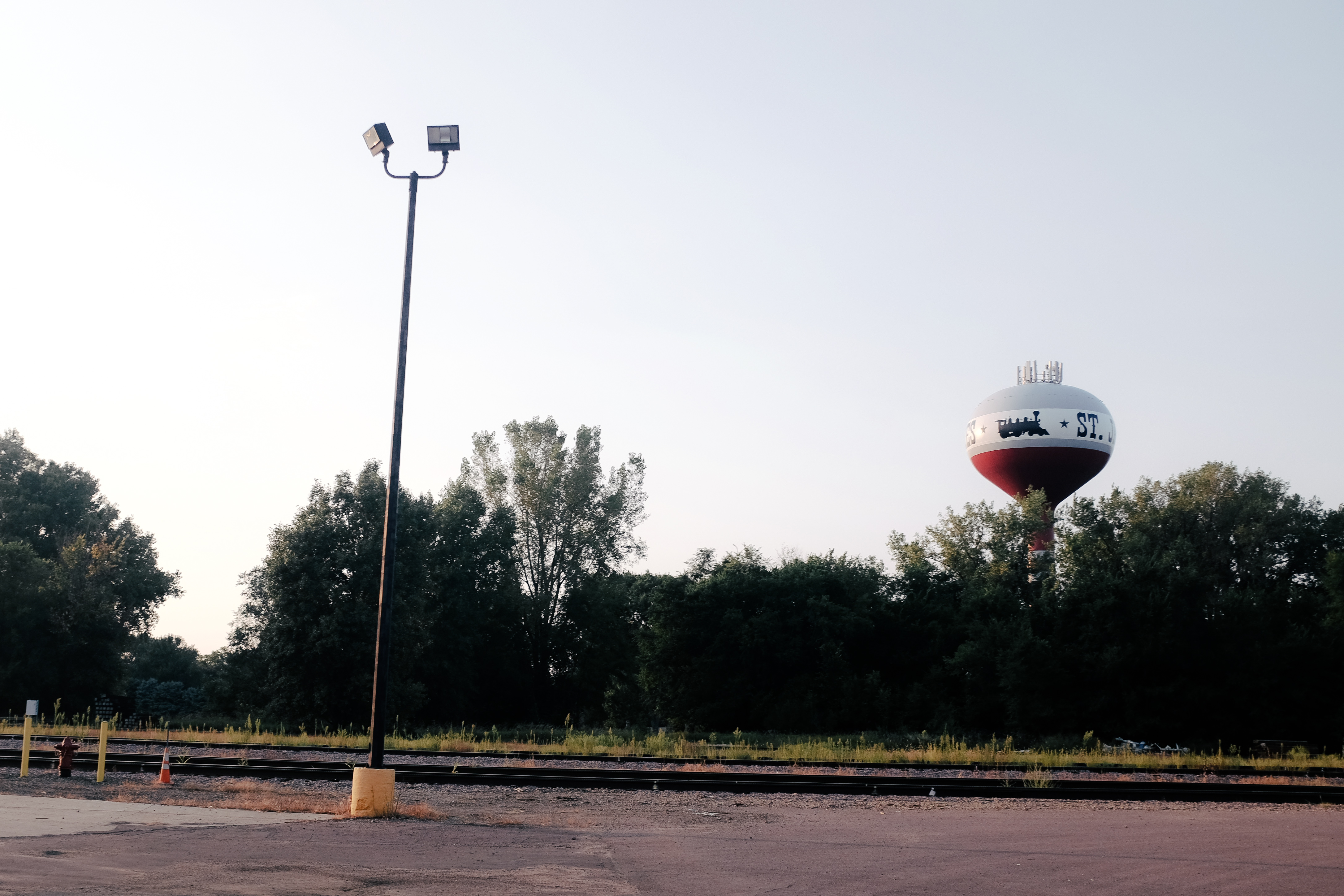



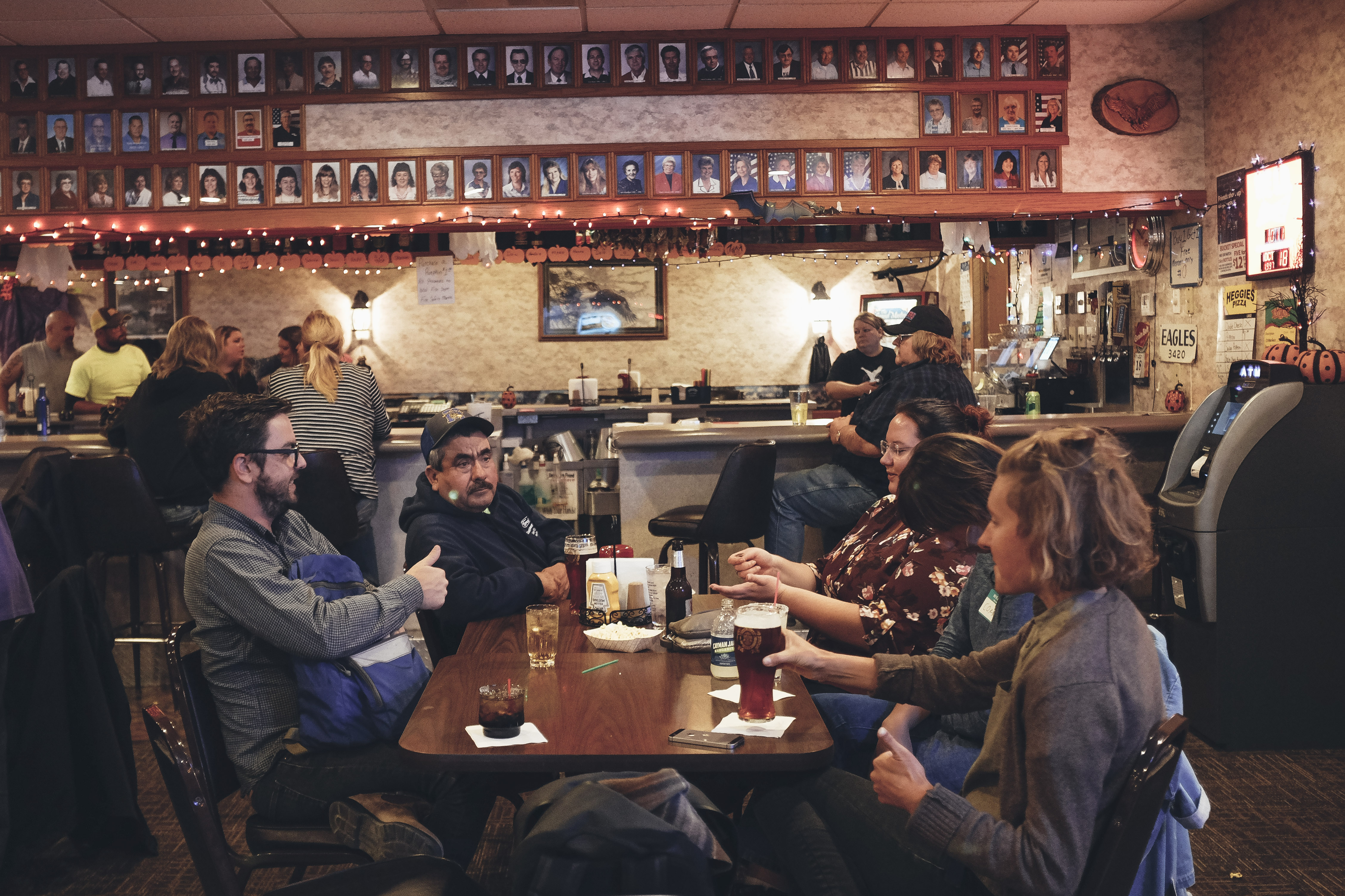
Workshops, interviews, and hangouts in St. James
Founded as a railroad town in 1870, it is now the county seat and home to 4,605 people. St James has three large meat processing plants and with this, has brought in a wave of cultural diversity going back three generations. The makeup of St. James willl soon be 50% Latino. We collaborated closely with La Convivencia Hispana, a local Latino lead organization, to help bring housing resources to this largely underserved group of people.
Through an extensive engagement process, we created a toolkit for creative collaborative engagement between the St. James Housing Committee and other organizations/residents in town, specifically those households with limited English language skills. These tools are used to bridge gaps between resources and provide assistance to households in need. We started the process by trying to get to know everyone, calling over 100 people in town before we arrived and having a conversation, always sure to ask: What’s your favorite restaurant in town? Who else should we be talking to? It wasn’t revealed that we were talking to the mayor until 10 minutes into our initial conversation. Now we’re friends.

A cultural place-based civic engagement strategy, called the Community Advocate Program, was introduced to increase household outreach and education for housing rehab needs and resources, particularly to underserved Latino households. Thirty-four (34) Healthy Housing Assessments were completed on single-family homes in St. James, many of which had critical needs; safety supplies, such as smoke/CO detectors, were distributed and outreach was provided in regards to available resources that would help household address larger and more chronic rehab. One of the Community Advocates has become the first Latino representative on the City's Housing Committee as a result of this effort.
Through our effort, the City has established a local Fix-Up Fund Program with $25,000 of Local Funds (repaid SCDP dollars meeting the threshold of "local funds") to address small but necessary repairs identified in the HHAs. Also, the City is coordinating Handyman Workshops and Home Maintenance Workshops, in both English and Spanish, to help address some of the concerns that emerged over lack of household knowledge or availability of contractors/handymen to address home repair and maintenance needs. Anyone completing the Handyman certification workshop will be added to a directory available to homeowners in need of minor repair work. The City has put together a local Resource Guide, identifying various resources for homeowners and renters in St. James.

HEALTHY HOUSING HANDBOOK
Community Engagement
AS HOMEBOAT
ST JAMES, MINNESOTA
Community Engagement
AS HOMEBOAT
ST JAMES, MINNESOTA
We created and printed a series of Healthy Housing Handbooks for the St. James community. The Handbook is broken into four sections: Engagement Tools, Implementation Strategies, Handyman and Advocate Programs, and a Housing Resource Guide.
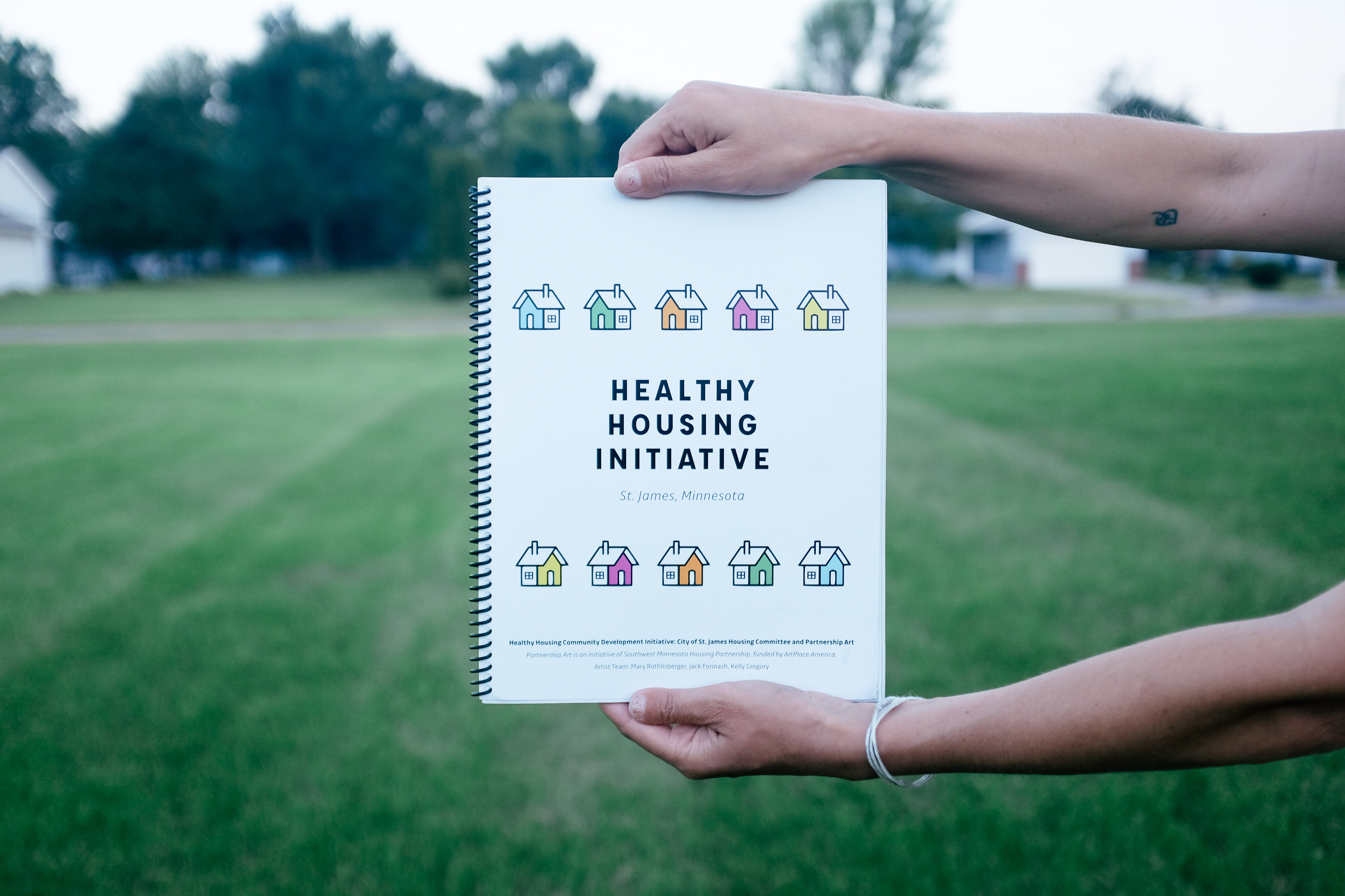
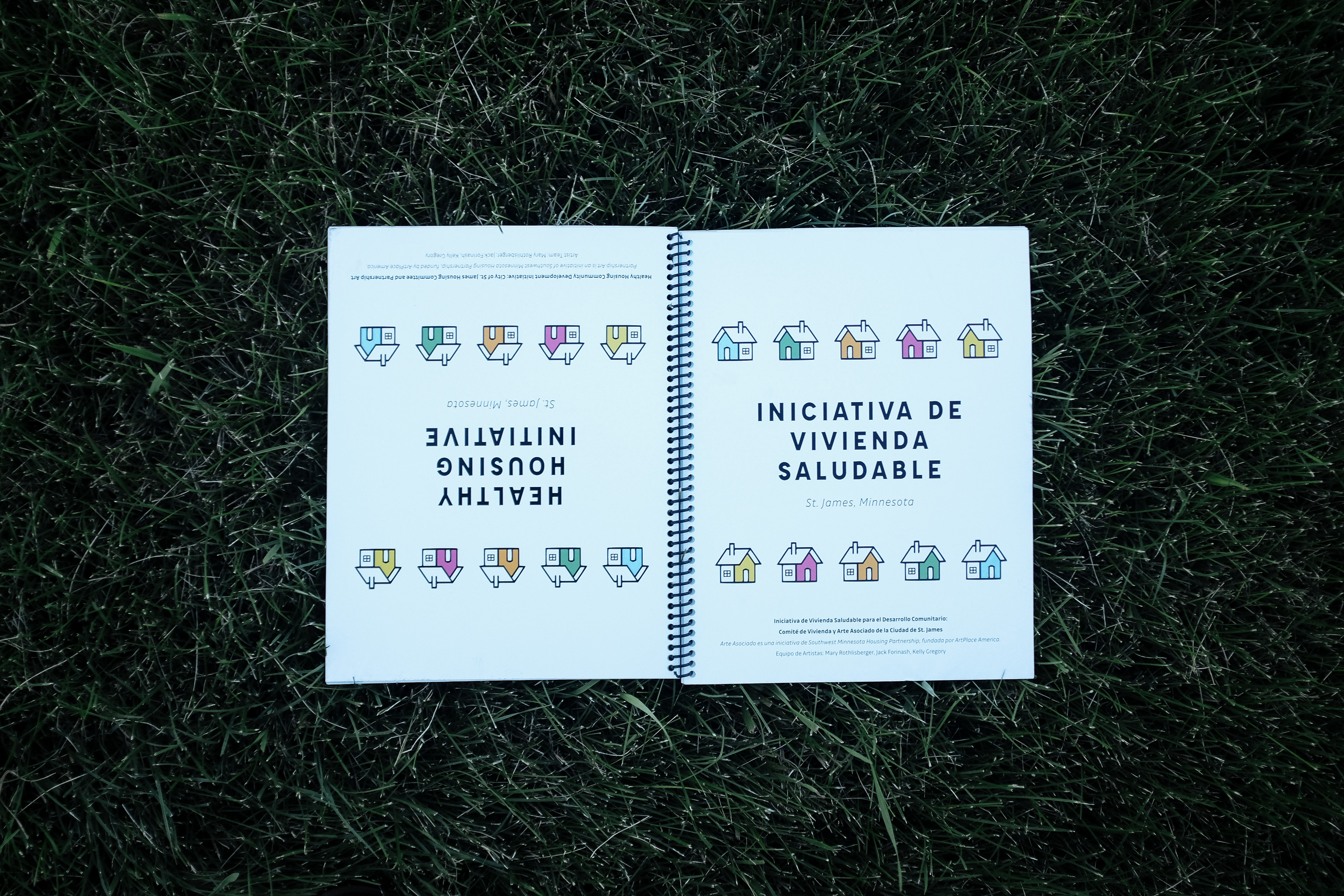
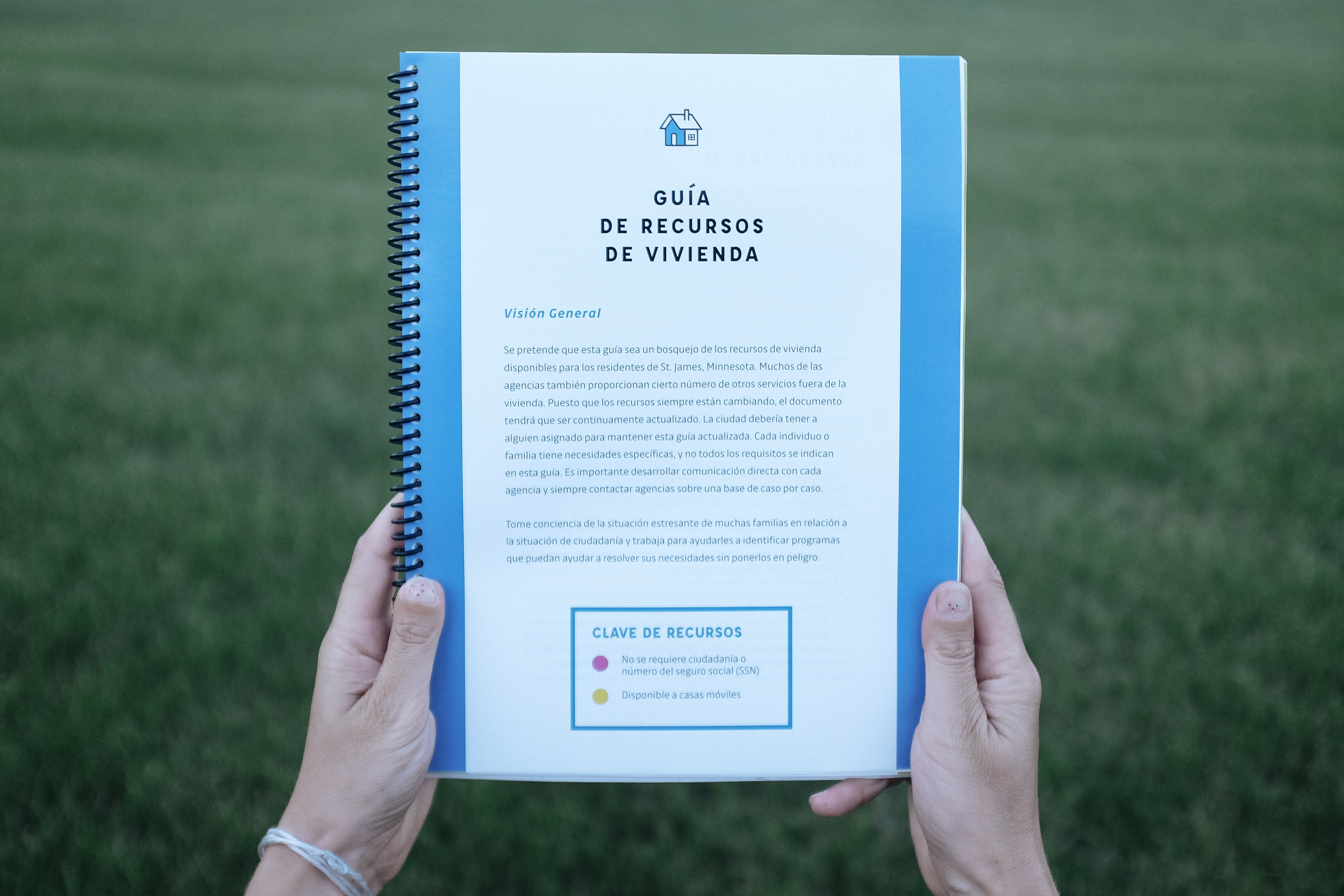
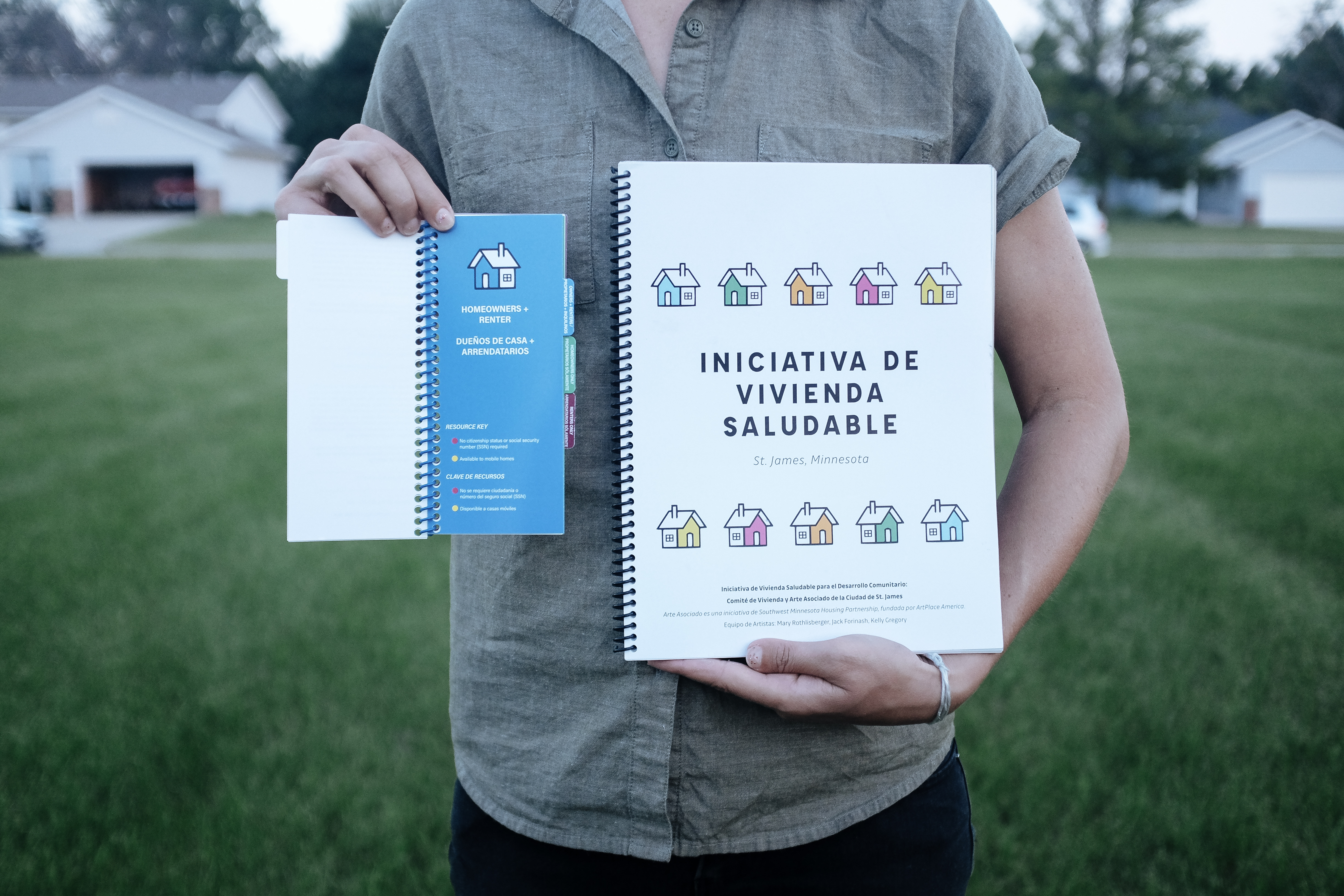
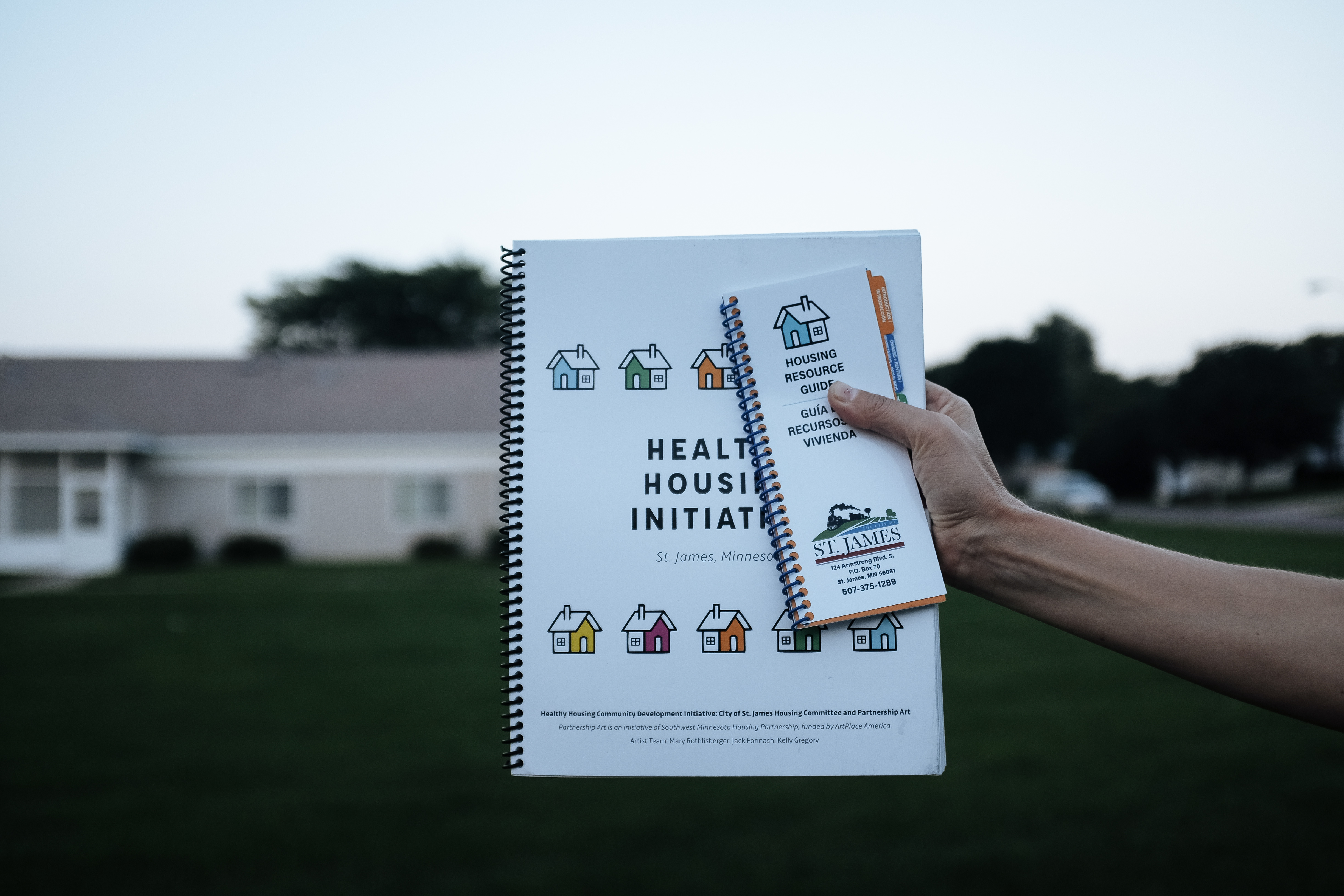
The St. James Housing Committee used the publication as a workbook, strategically working through the implementation strategies and engagement tools. Within less than six months, they had organized the housing advocates and secured signifigant funding for local housing programs, facilitated handyman trainings, launched a local handyman program, established a low-interest home repair fund, and worked with volunteers and neighbors on light home maitenance projects.

Hello Hola Neighbor Vecino
WITH HOMEBOAT

After a successful Healthy Housing Initiative, Homeboat was invited back to build on the Community Advocate Program. Though a community engagement and research process Homeboat created a framework for a sustainable and replicable Community Advocate Program (CAP). The St. James Advocate Program helps connect important resources, information and opportunities to individuals and families in their community. The advocates play a critical role in connecting residents who are new to the community or have limited English language skills to information and resources.

ADVOCATE WORKSHOP
Community Engagement
AS HOMEBOAT
ST JAMES, MINNESOTA
Community Engagement
AS HOMEBOAT
ST JAMES, MINNESOTA
After another year of research and follow-up interviews with the St. James community, Homeboat hosted a bilinguarl workshop and training for neighbors interested in local advocacy.
The workshop included a social dinner before a training that dug into the different ways that local advocacy programs work. Case studies from around the country were used to illustrated the power of neighbors working together. We discussed the work of housing advocates in St. James and the greater impact their work has had in the region. After presentations, we broke into three groups to workshop different strategies for how to build a program best suited to the St. James community. This workshop and our previous research and interviews informed the publication of the Community Advocate Handbook.

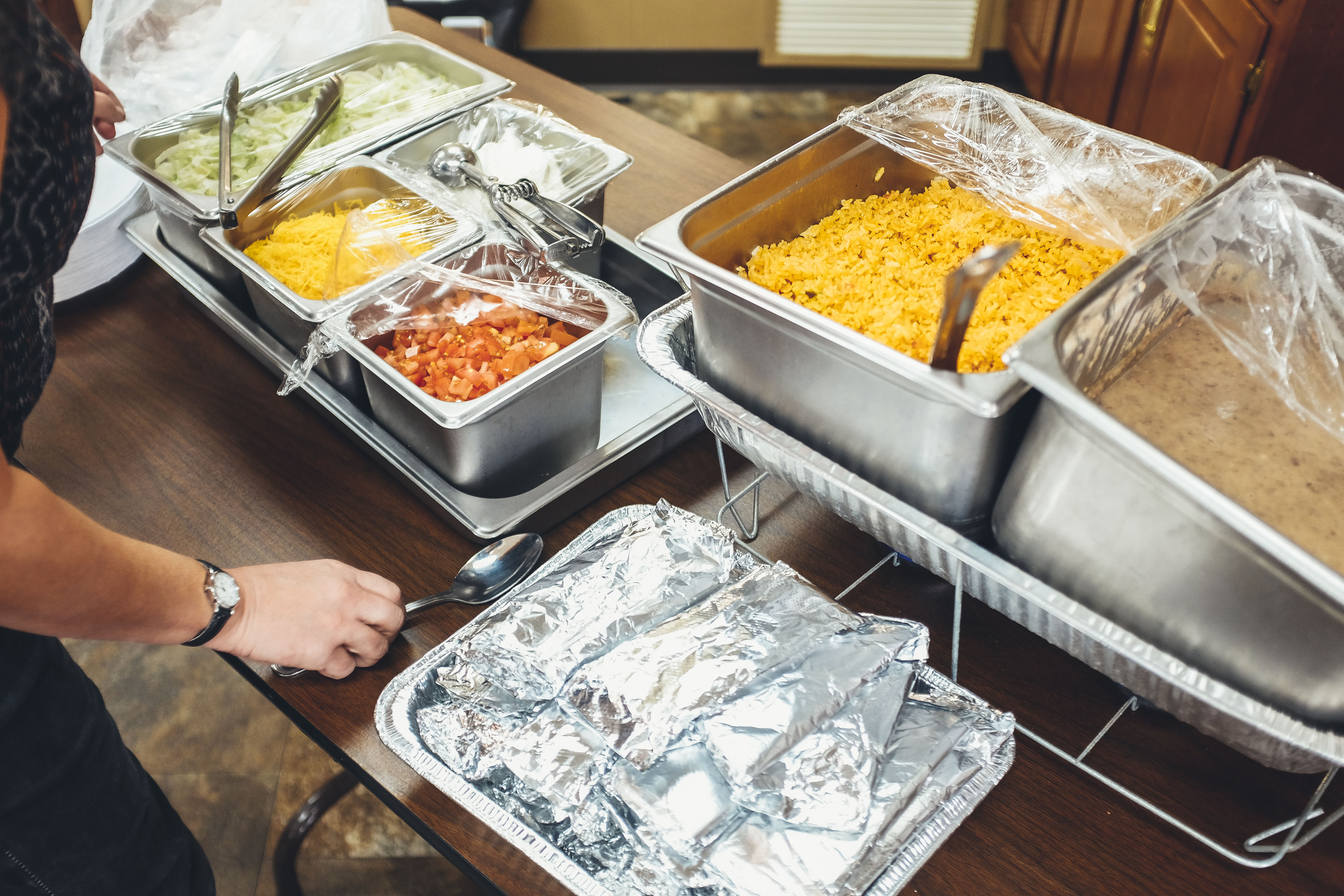
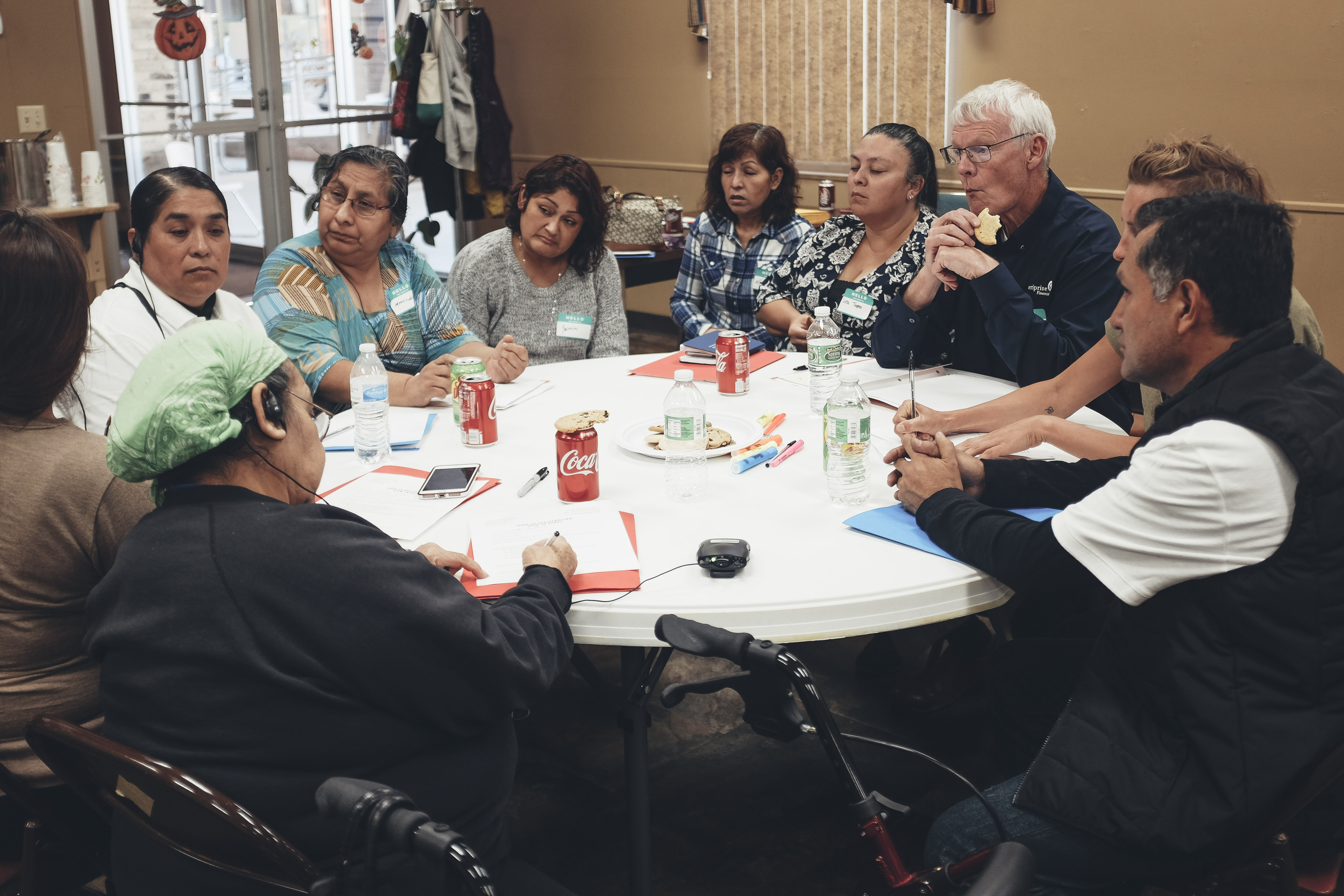
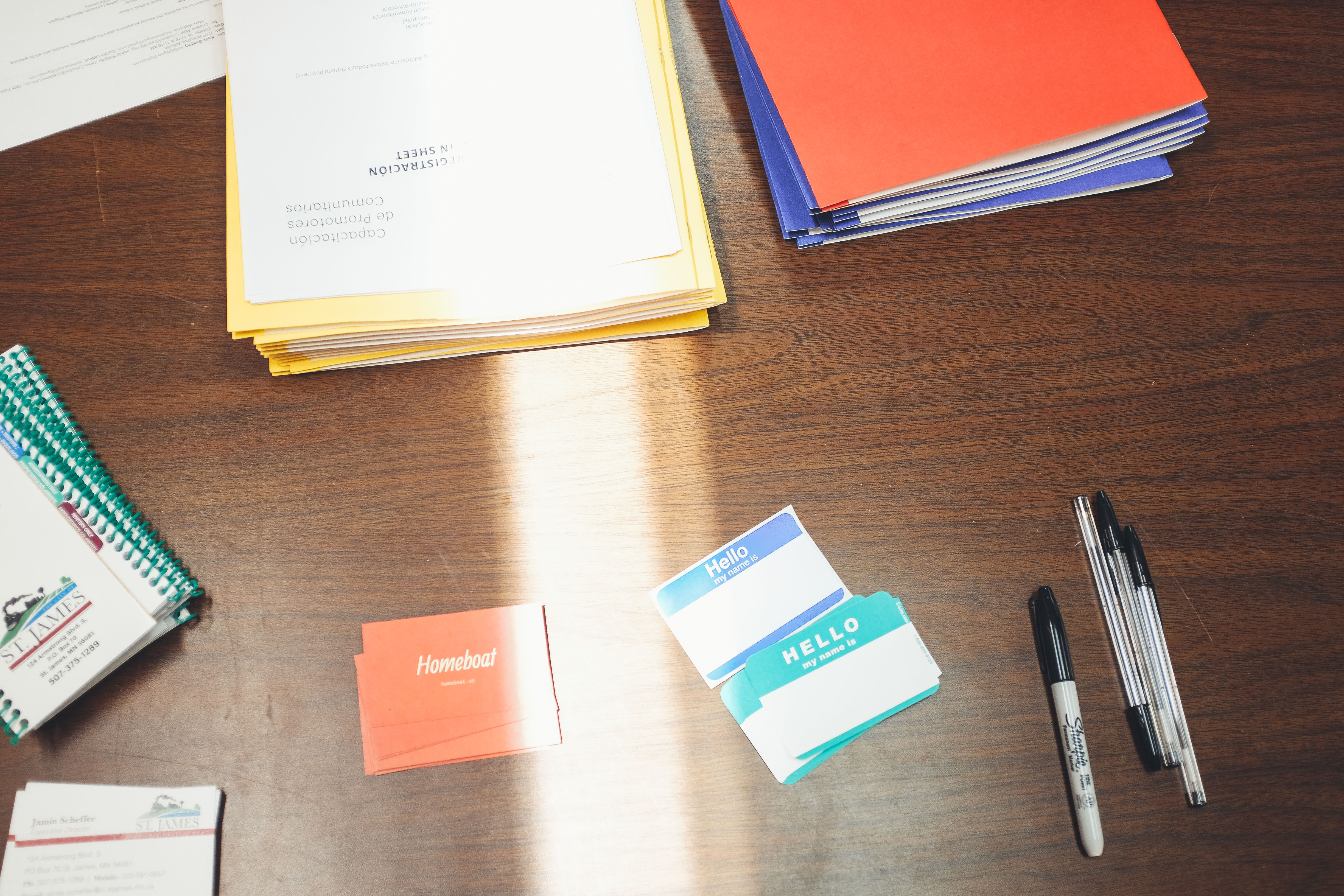
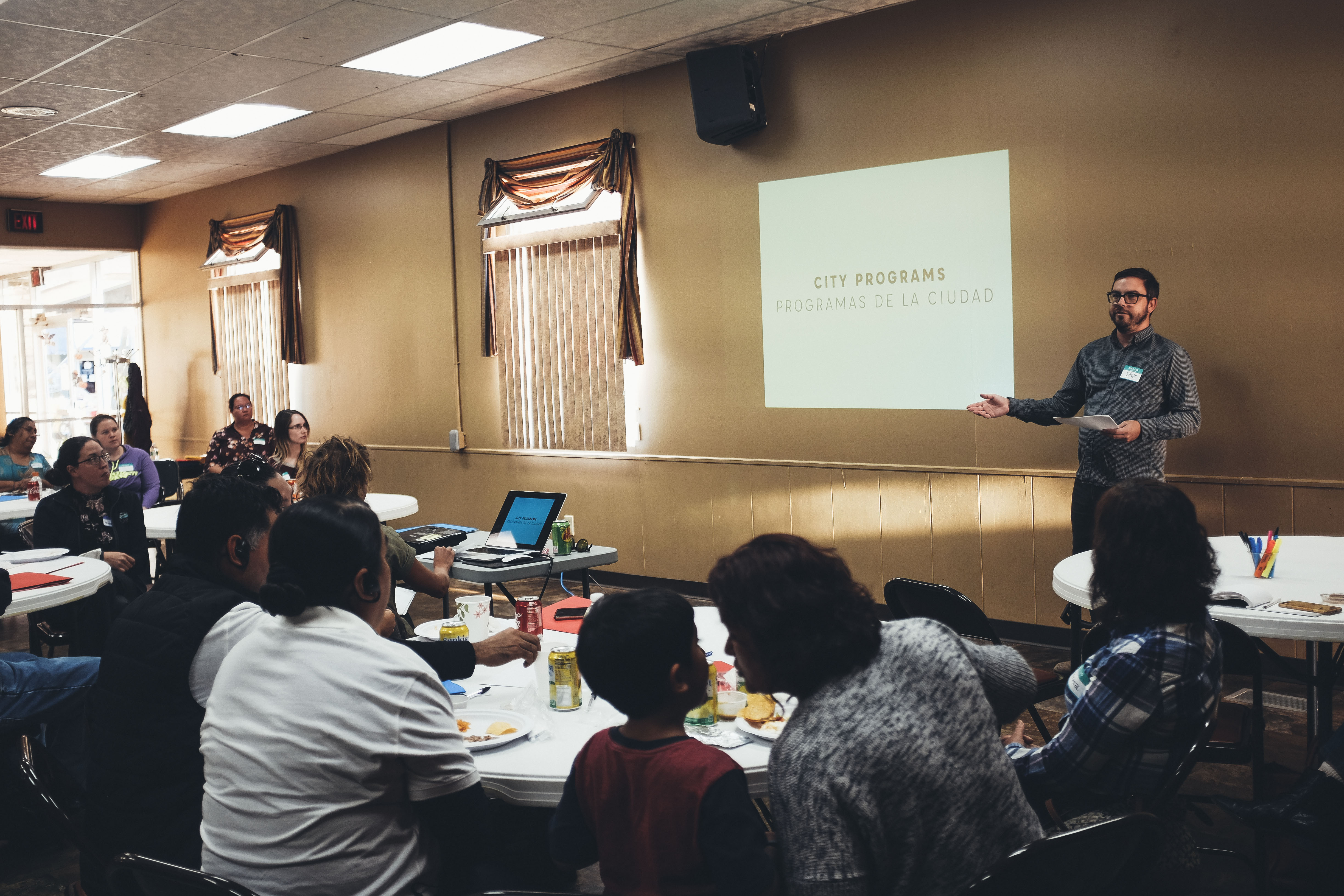
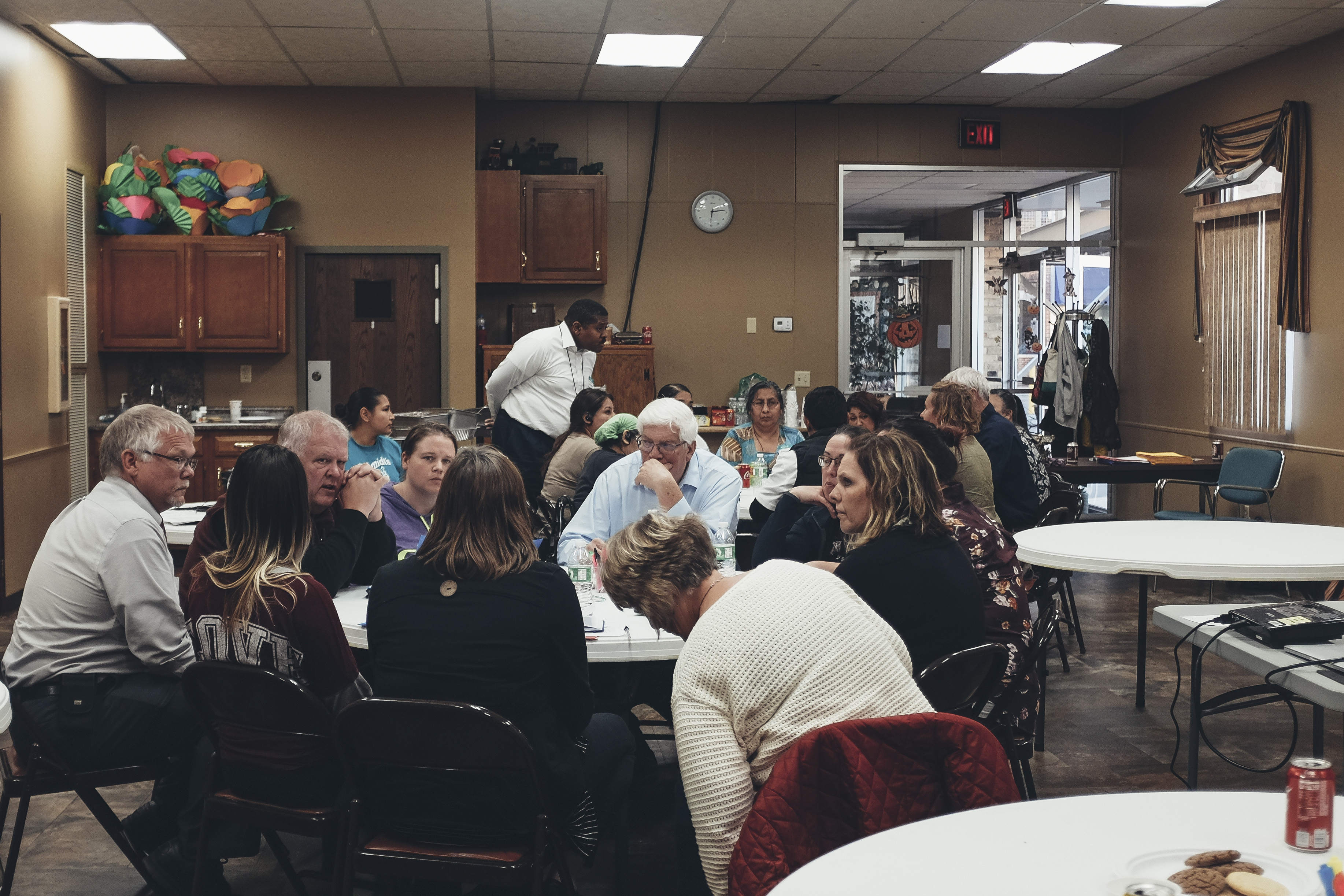
St. James Advocacy Workshop

Creative Community Design Build
WITH HOMEBOATOur engagment process is focused around the following core values:
Work toward equal access.
Collaborate with the spirit of a place.
Build hyperlocal.
Design for shared stewardship.
Move at the pace of trust. Include all community voices.

In 2018, Homeboat members were selected as
artists in Granite Falls, Minnesota for the Creative
Community Design-Build project (CCDB), which
was funded through a grant from Partnership Art,
an initiative of the Southwest Minnesota Housing
Partnership (SWMHP) and funded by ArtPlace America, with
the goal to facilitate exploration and discovery of
what a community-oriented building in Granite Falls
can be.
These efforts utilized arts-based strategies, representing and engaging a diverse cultural sector of local residents, with the goal of revitalizing under-utilized downtown buildings and creating new processes for future SWMHP design-build efforts. We’ve called this project process Creative Community Design-Build (CCDB).
These efforts utilized arts-based strategies, representing and engaging a diverse cultural sector of local residents, with the goal of revitalizing under-utilized downtown buildings and creating new processes for future SWMHP design-build efforts. We’ve called this project process Creative Community Design-Build (CCDB).
The desired community change with the CCDB Yes! House project is a new process for the SWMHP
staff to engage with community partners and
residents on future design-build projects, and to use
Yes! House as a case study for creating an adaptable
internal strategy for SWMHP to facilitate sustainable
community-based design processes
with future projects.
Our collaborative practice understands that public art can be creative community engagement, intentional processes of listening and outreach, and development of hyperlocal initiatives that help people and their places work better together.
with future projects.
Our collaborative practice understands that public art can be creative community engagement, intentional processes of listening and outreach, and development of hyperlocal initiatives that help people and their places work better together.
This process took form as many hours of research and interviews, public engagements around ideas, graphic imaging and social campaighs, collaborative renovation of the space, and a series of experimental winter programming events.
The findings from research and programming phases have been compiled into in-depth reports available upon request.
The findings from research and programming phases have been compiled into in-depth reports available upon request.
YES! HOUSE 1.0
Community Engagement
AS HOMEBOAT
GRANITE FALLS, MINNESOTA
Community Engagement
AS HOMEBOAT
GRANITE FALLS, MINNESOTA
During a six month research period, Homeboat interviewed community members and developed strategies for community engagement for an underutilized building in a downtown corridor of rural Minnesota.


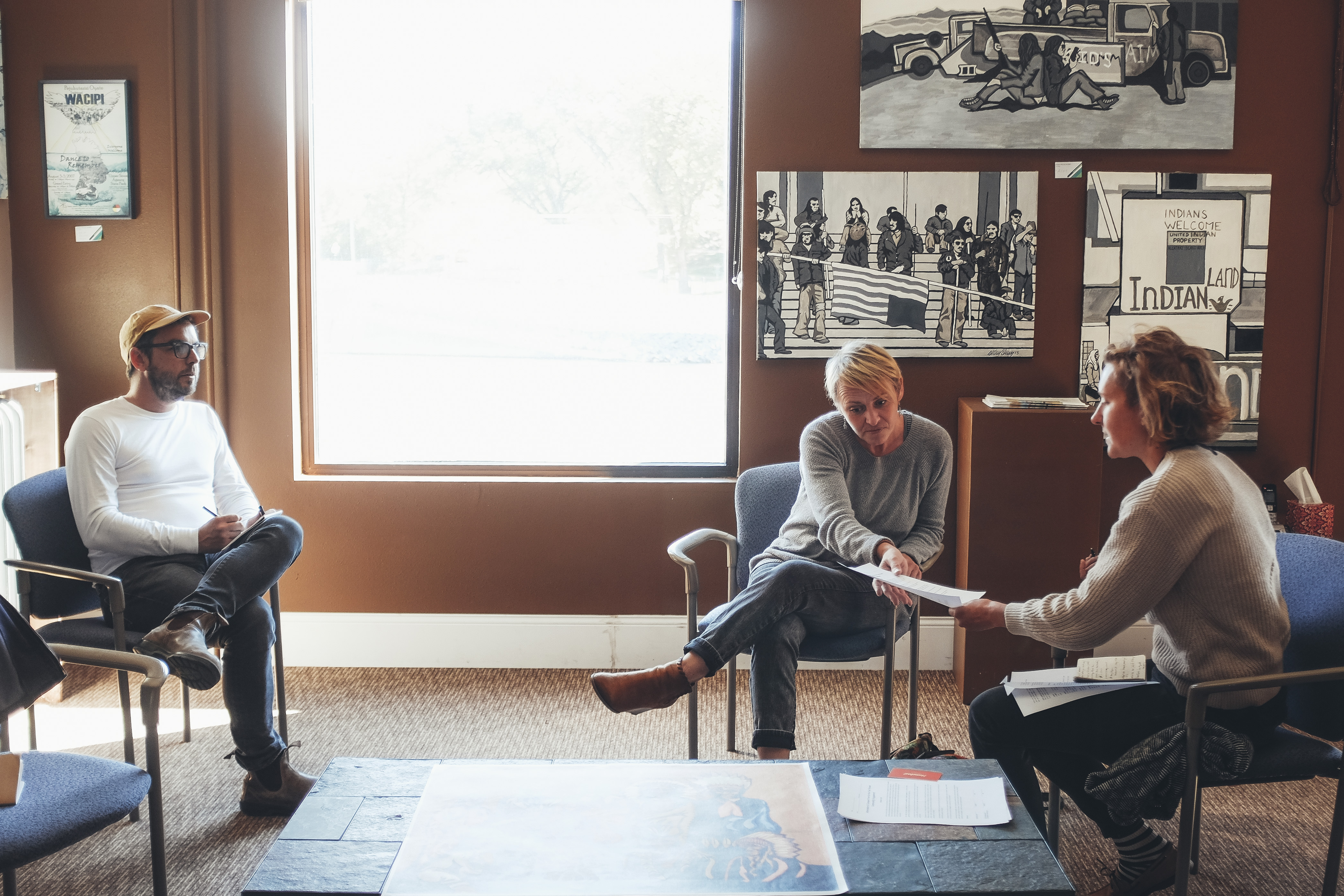
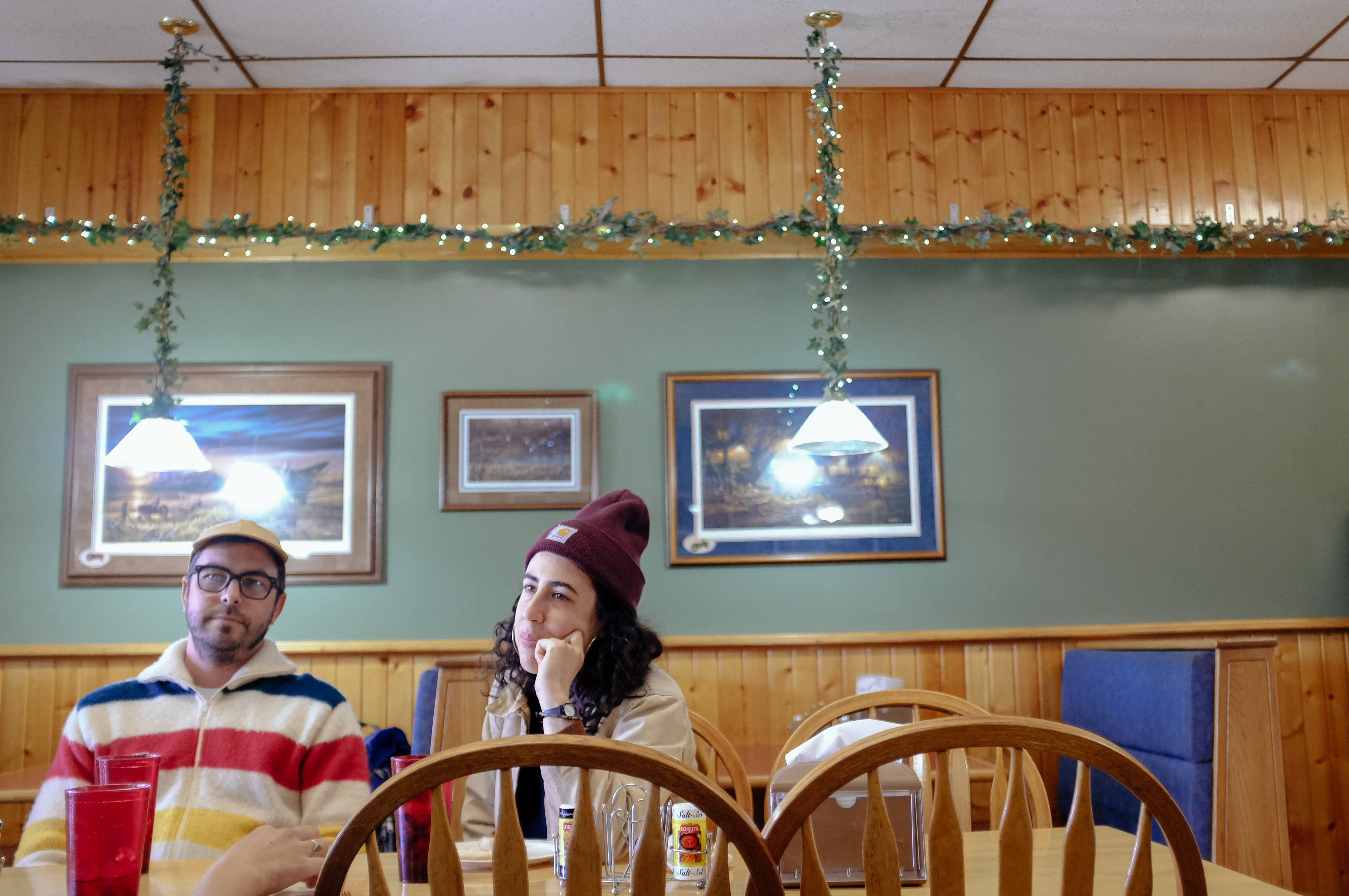
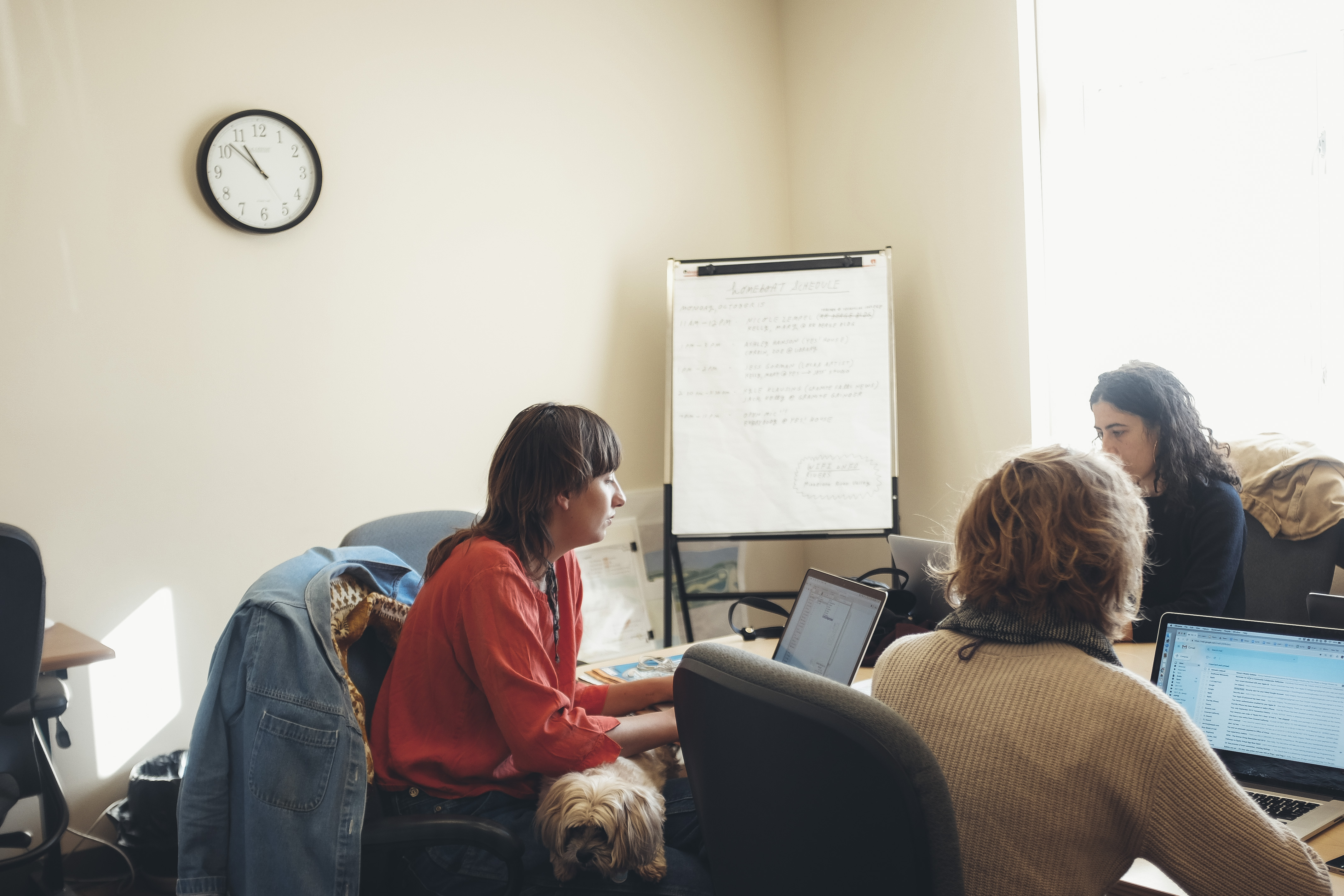
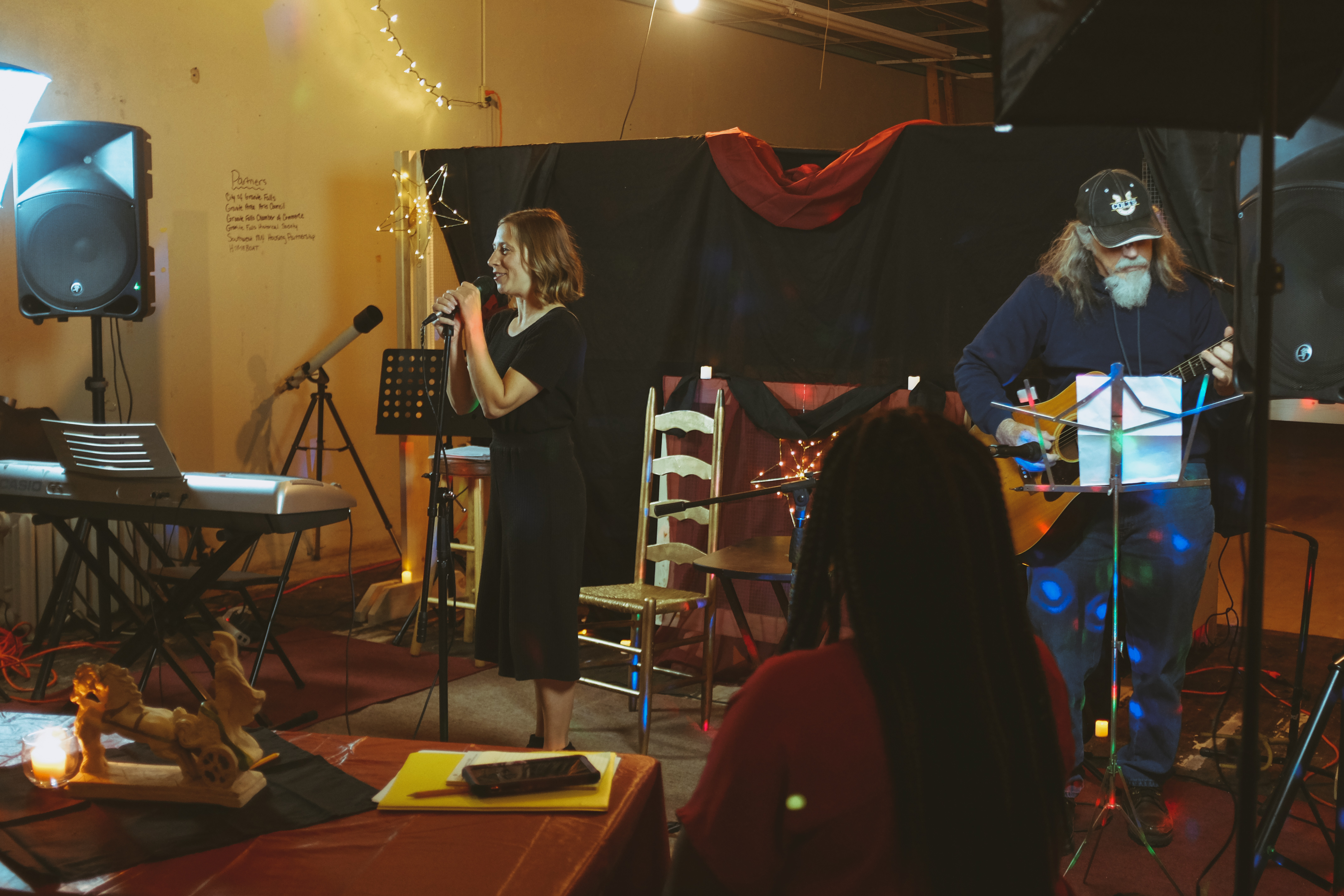
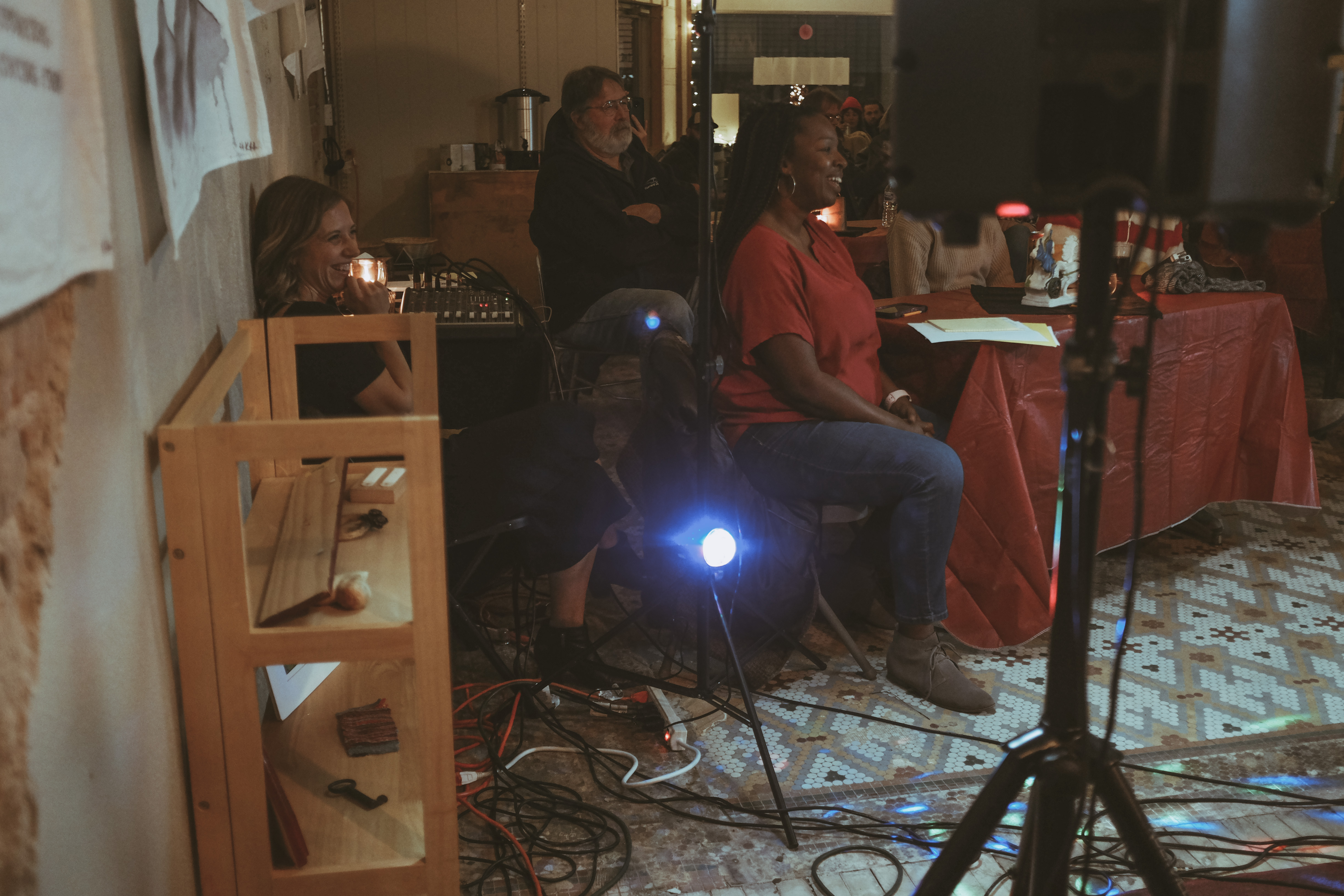


Photos from on-site outreach in Granite Falls
Granite Falls is located on the Minnesota River in the southwest corner of the state. It is home to 2,734 residents. It is settled on Dakota land and now borders the Upper Sioux community.
Through the lens of our core values and those values of the community we are working within, we follow a process of research, on- site meetings and interviews, and creative community outreach that adapts and listens to what the community and the place tell us. Our framework of immersion, creative community engagement, analysis and synthesis, community ideation, and prototyping leads us to different solutions and methods for every community.
Interviews with community members, national research on strategies for community spaces, architectural and historical case studies, and a series of community engagements were used to develop a report for Yes! House in downtown Granite Falls, Minnesota. The report outlines opportunity, outreach, next steps, visual development and includes an appendix of related readings, research summaries, and insights for the local organizers and partners. Sample pages from the 70-page report are below.
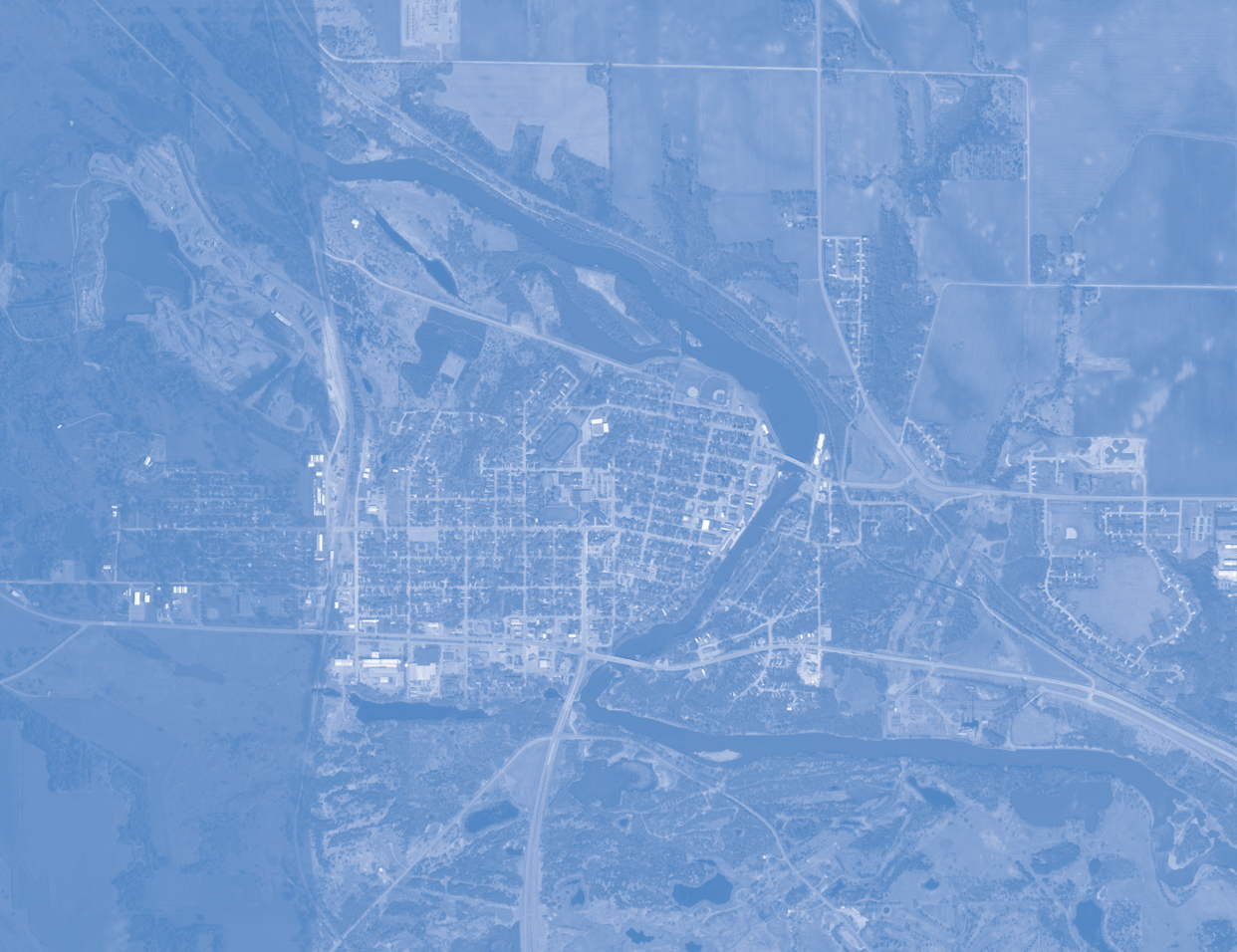


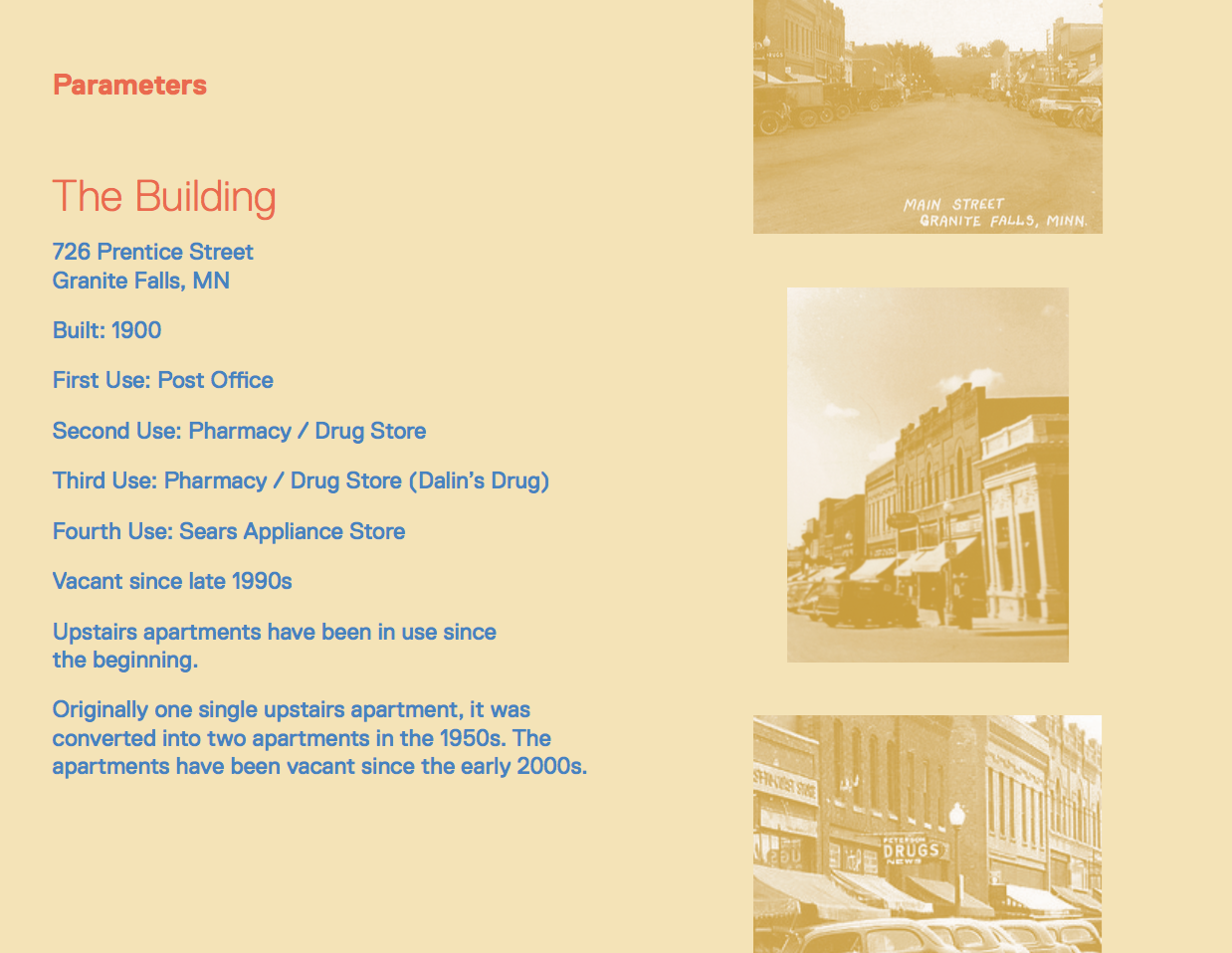
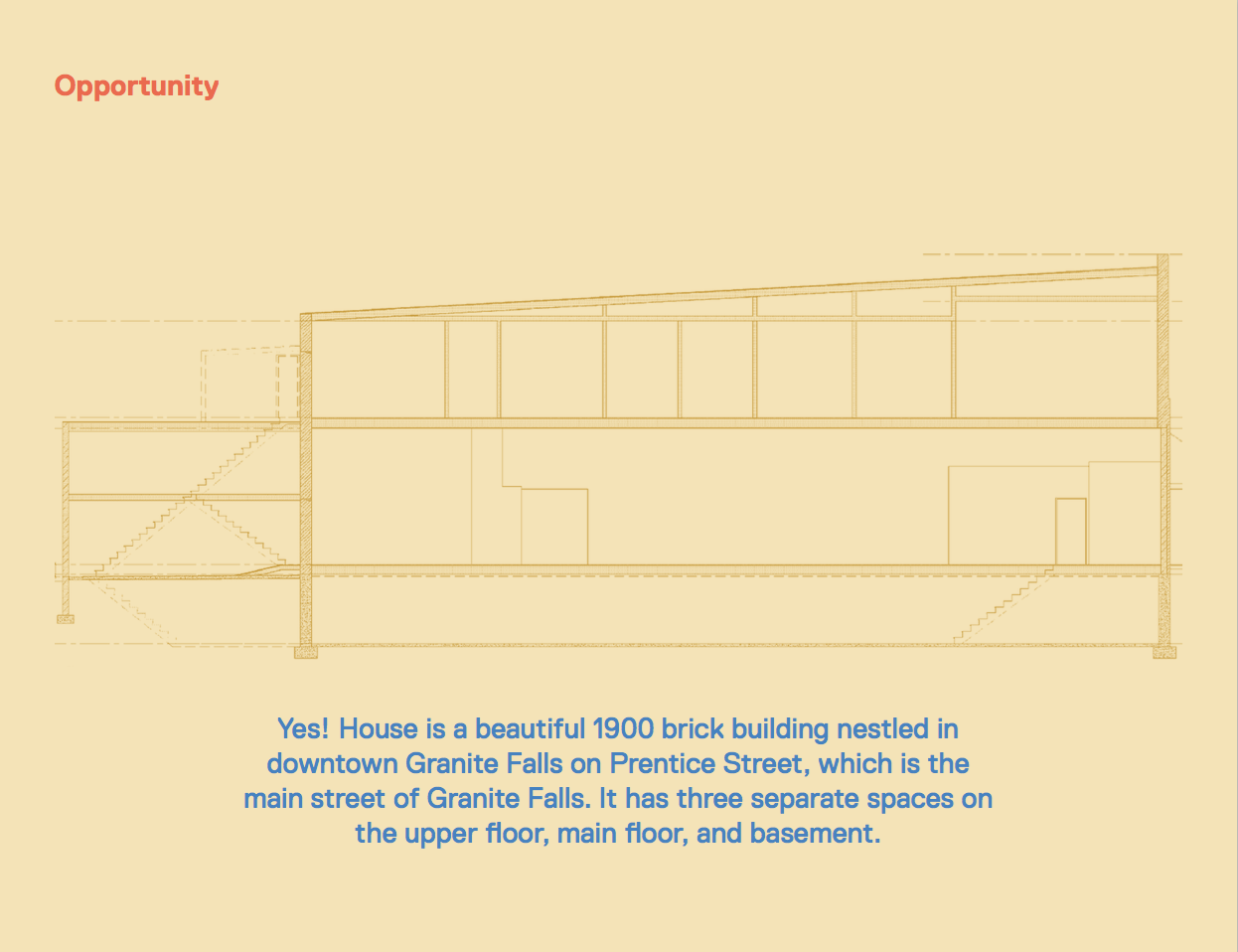
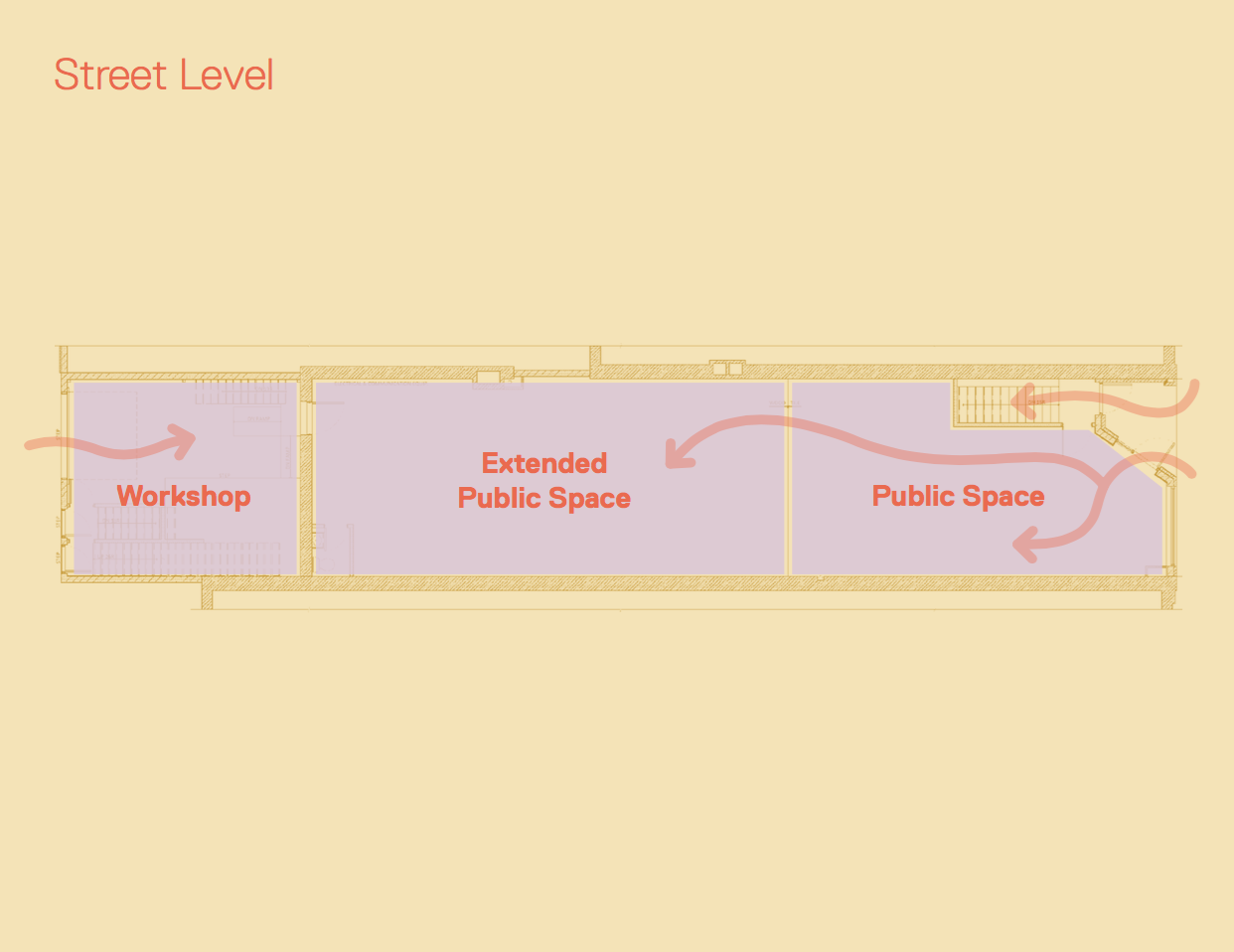
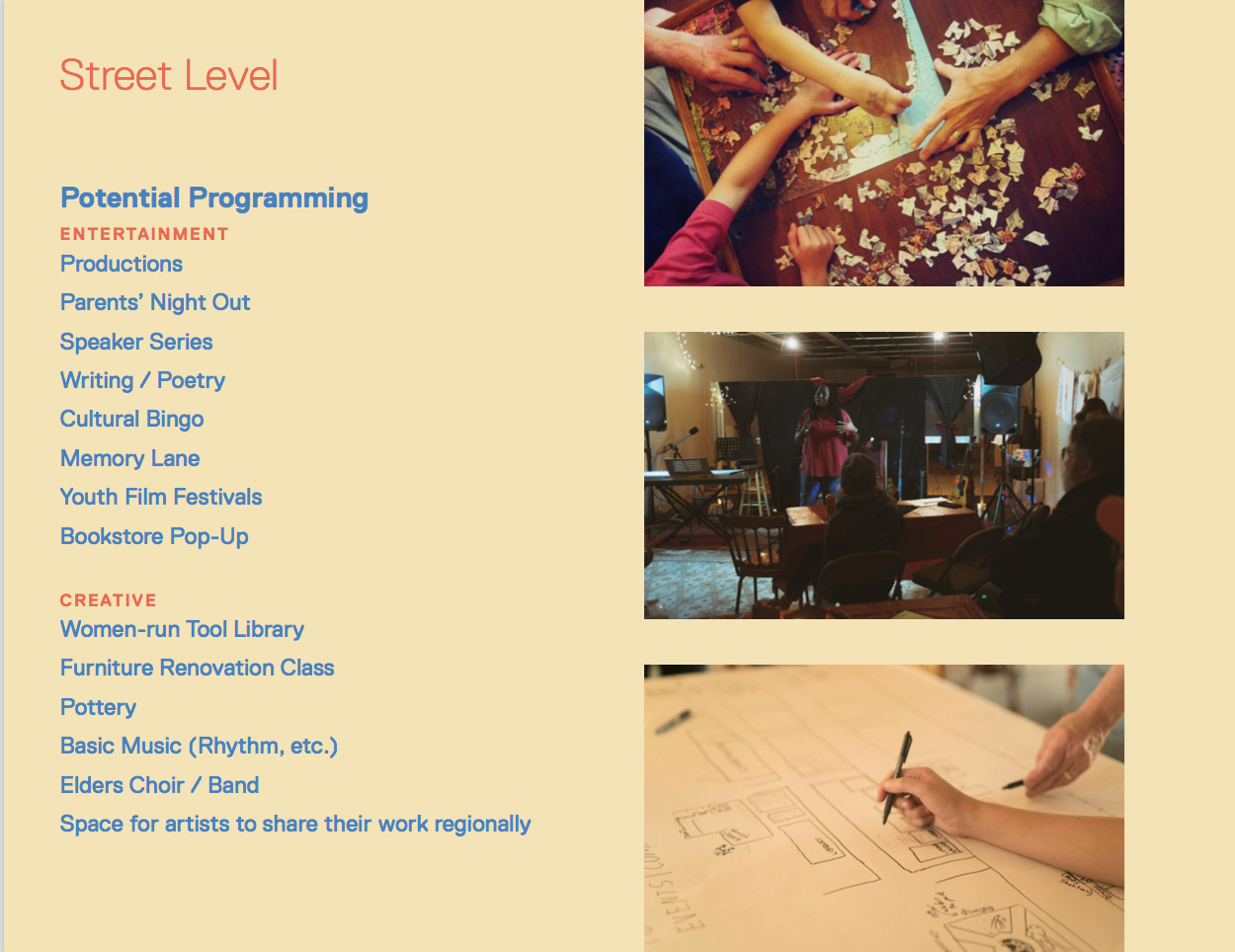
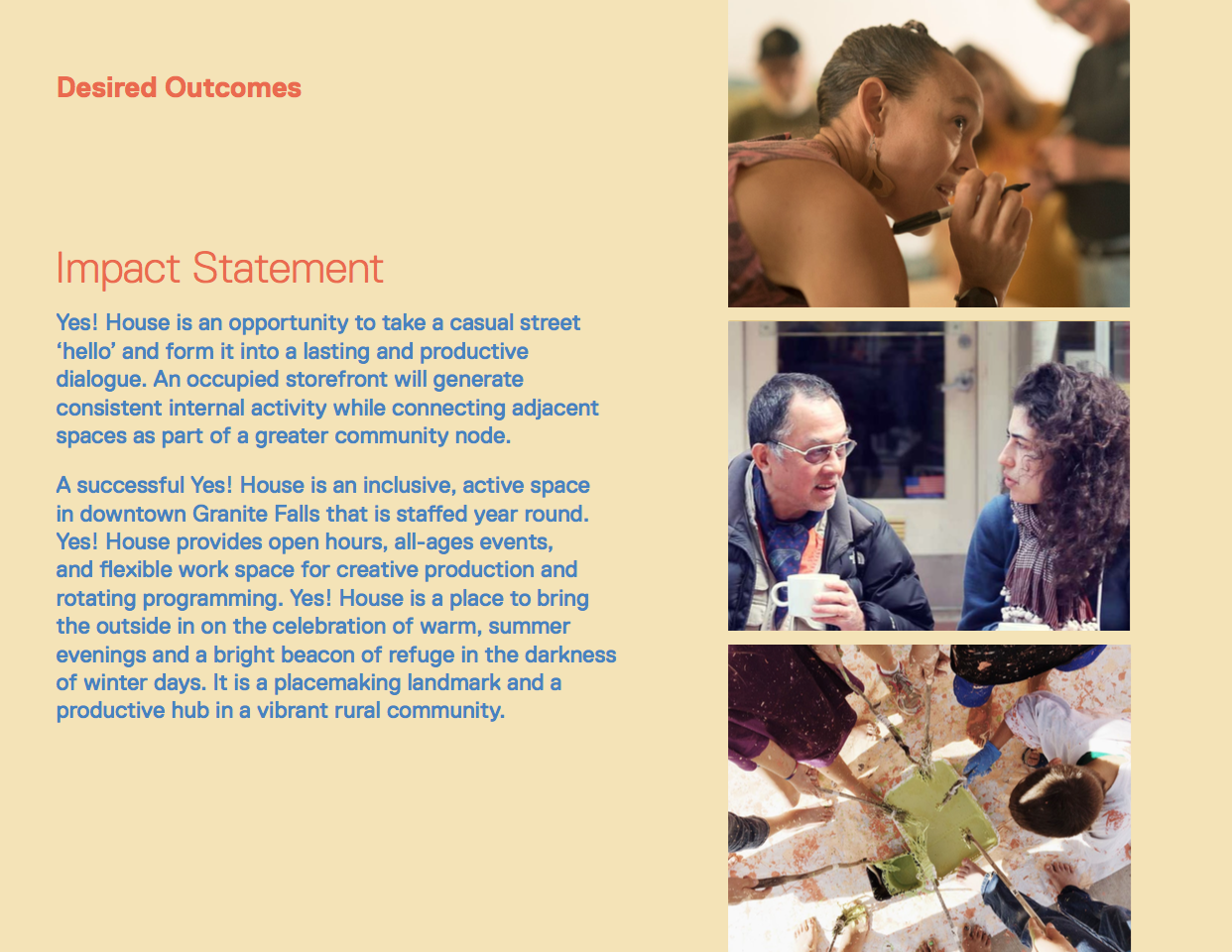



Sample pages from the Yes! House report
![]()

SUNDAE SUNDAY
Community Engagement
AS HOMEBOAT
GRANITE FALLS, MINNESOTA
Community Engagement
AS HOMEBOAT
GRANITE FALLS, MINNESOTA
As part of the Creative Community Design-Build process, Homeboat hosted a community ice cream social followed by an afternoon of discussion and game-based idea generation at the Yes! House site in Granite Falls, Minnesota.

After spending time sitting in the sun building ice cream sundaes, residents and artists worked together drafting different strategies for re-activating the building as a community space, ideas ranged from women-led tool libraries to multi-lingual bingo nights. These ideas became part of the programming piloted during phase two of the CCDB process.



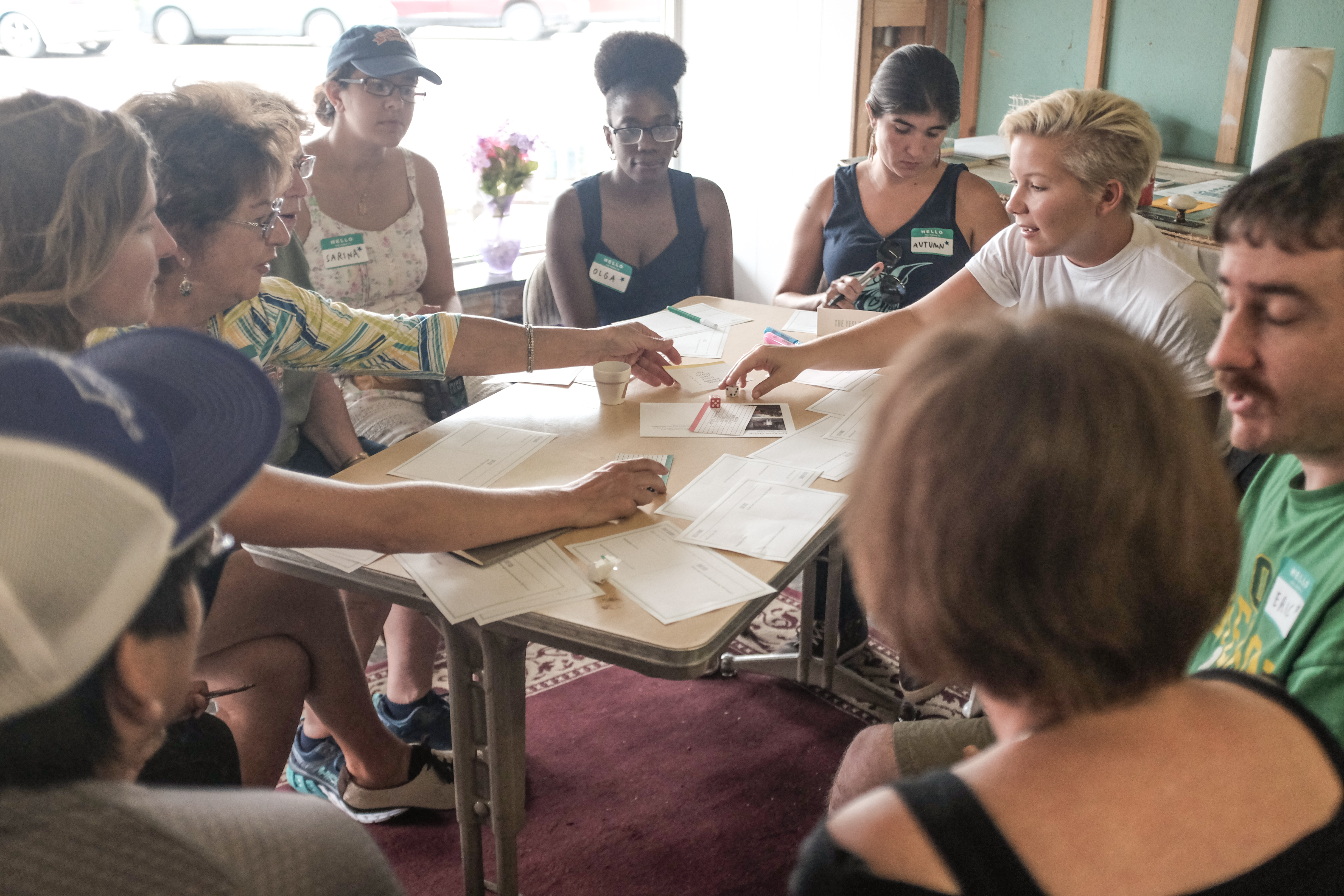



YES! HOUSE 2.0
Community Engagement
AS HOMEBOAT
GRANITE FALLS, MINNESOTA
Community Engagement
AS HOMEBOAT
GRANITE FALLS, MINNESOTA
During an intensive one-week construction phase, Homeboat artists renovated the front space of 726 Prentice Street to create a more vibrant, productive, and inclusive working space for the community.
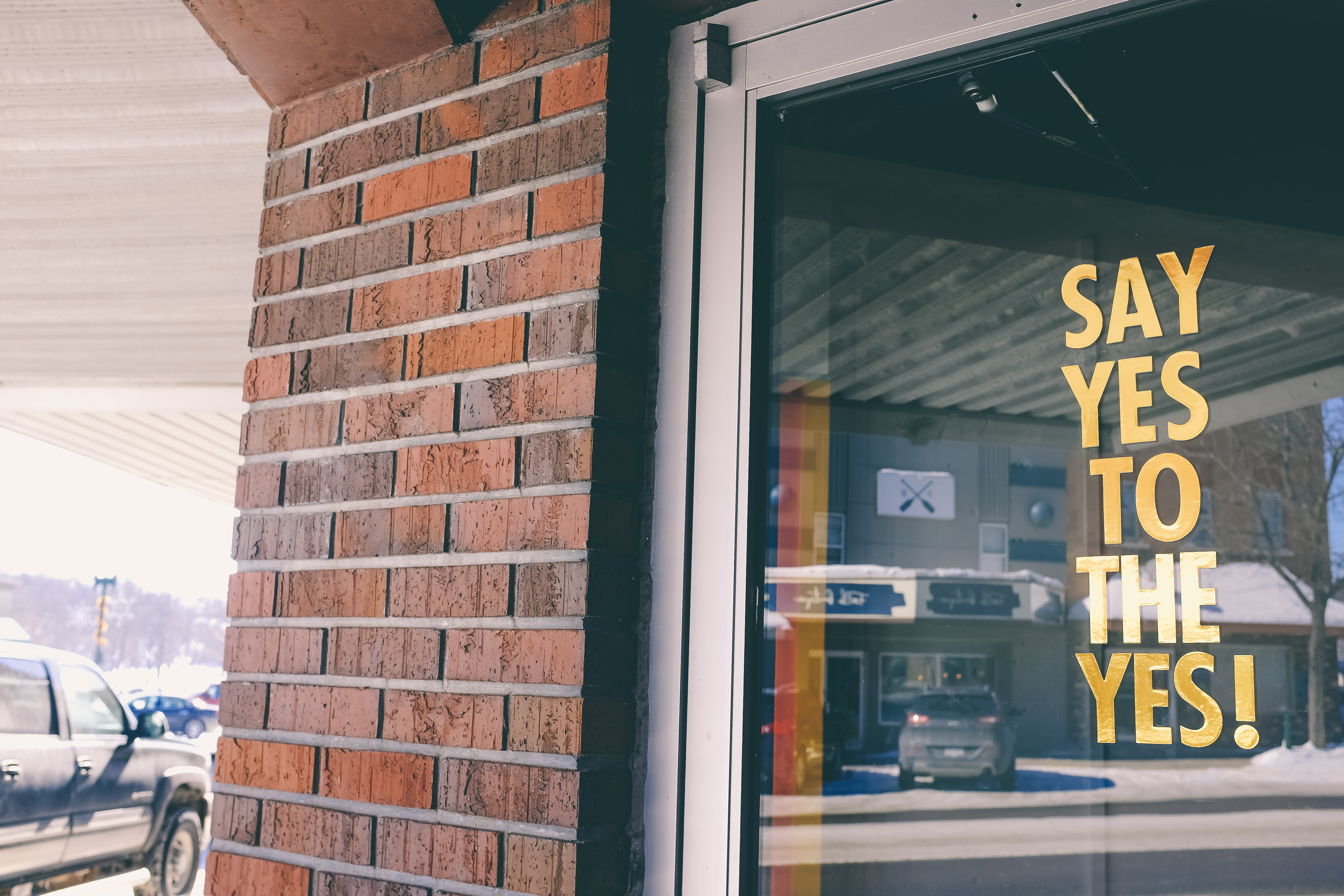
Front door of the Yes! House
Before and after transition of the interior.
The renovation involved constructing dividers in order to activate the front of the building. We removed a drop ceiling infrastructure to reveal tin tiles above, reworked existing flourescents and added ambient overhead lighting, and revealed an elaborate penny-tile floor after days of removing tar from previous owners.
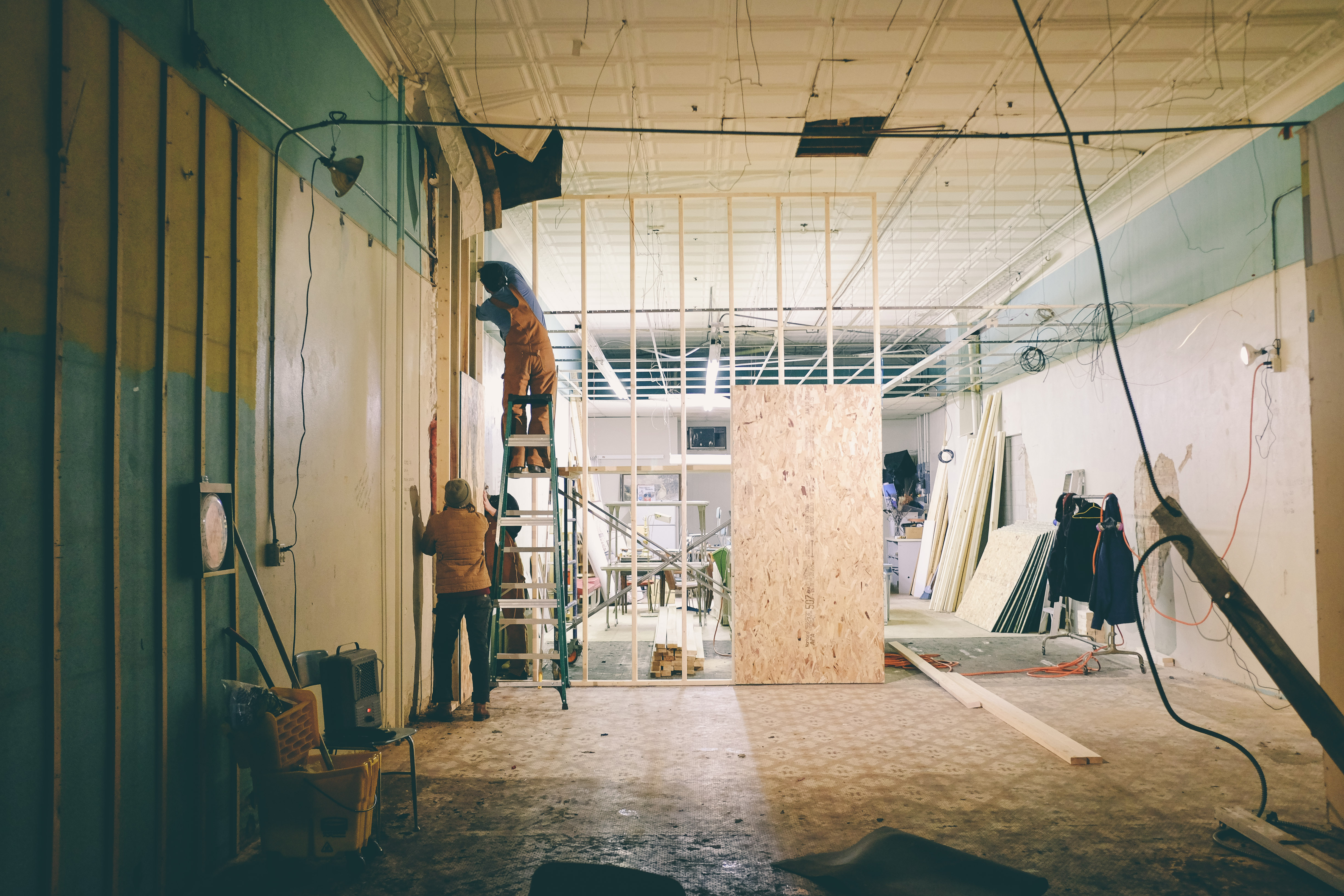
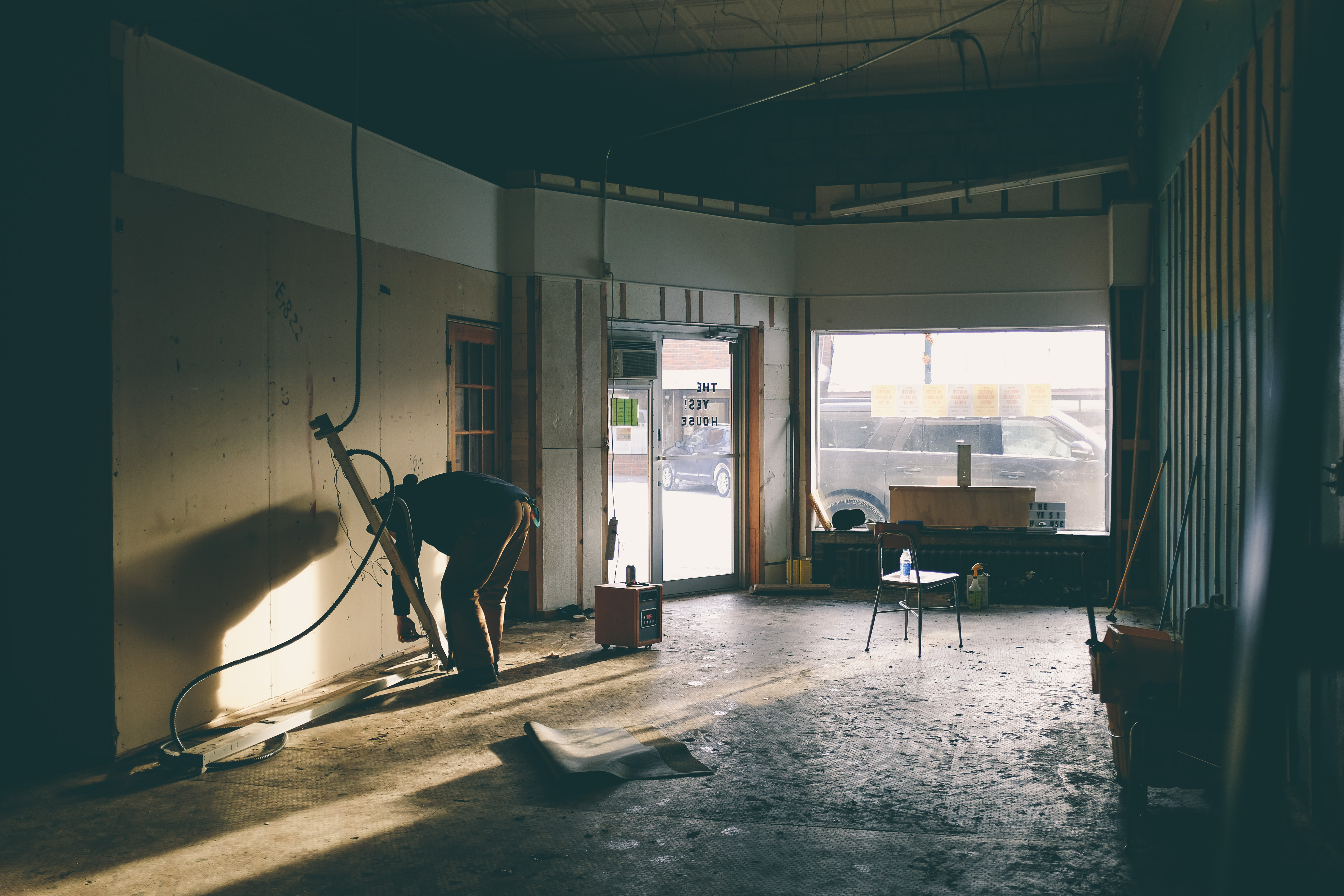
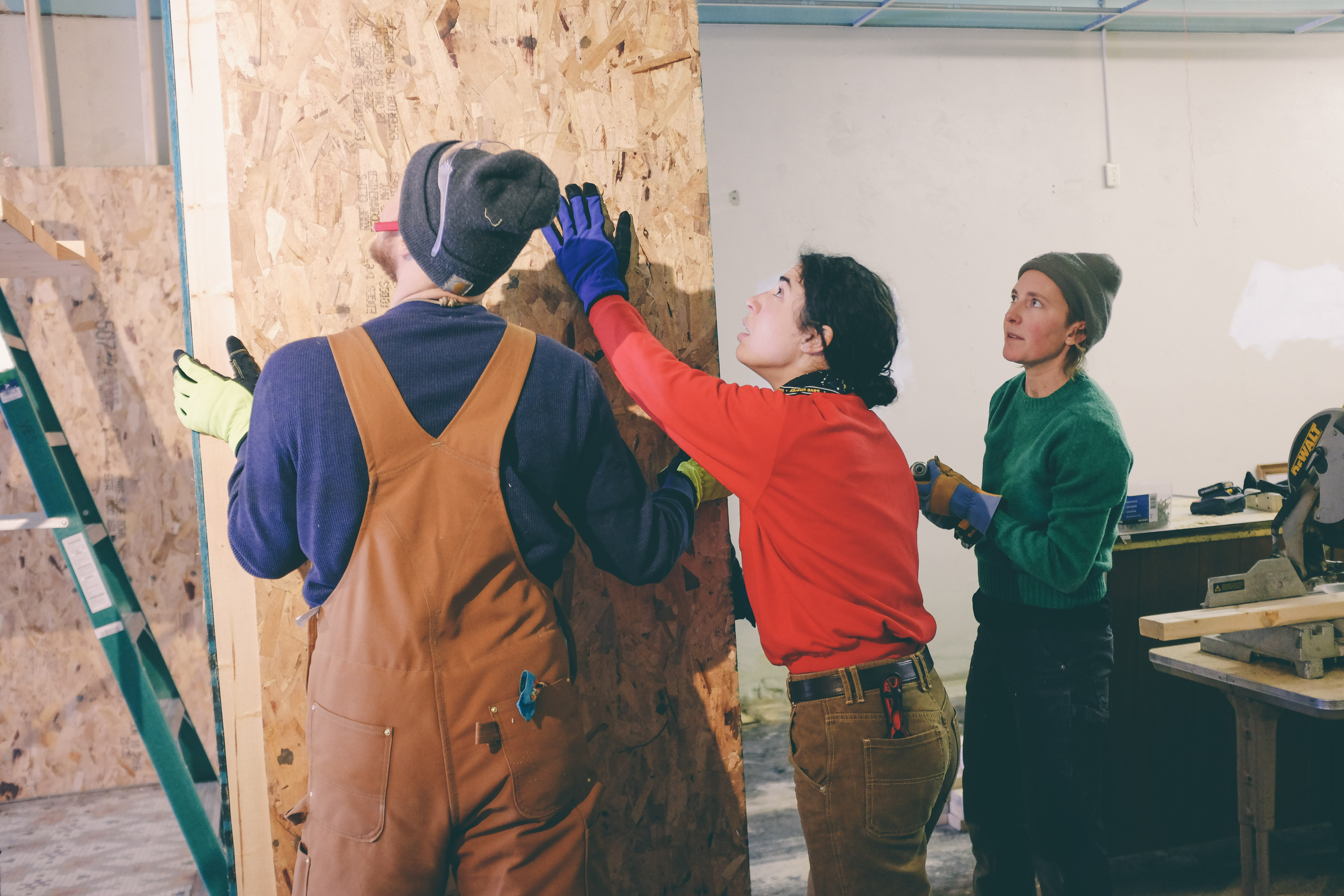
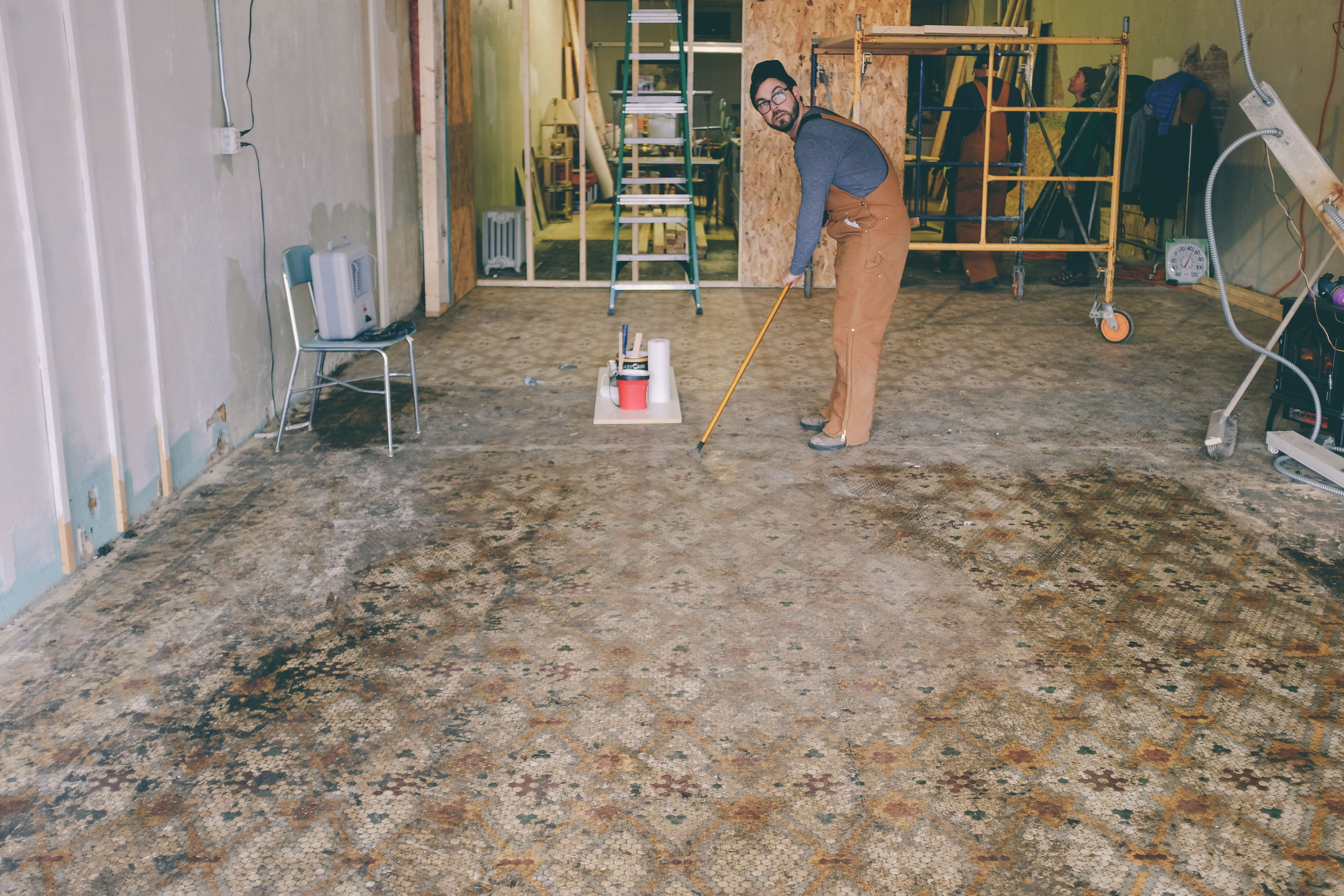


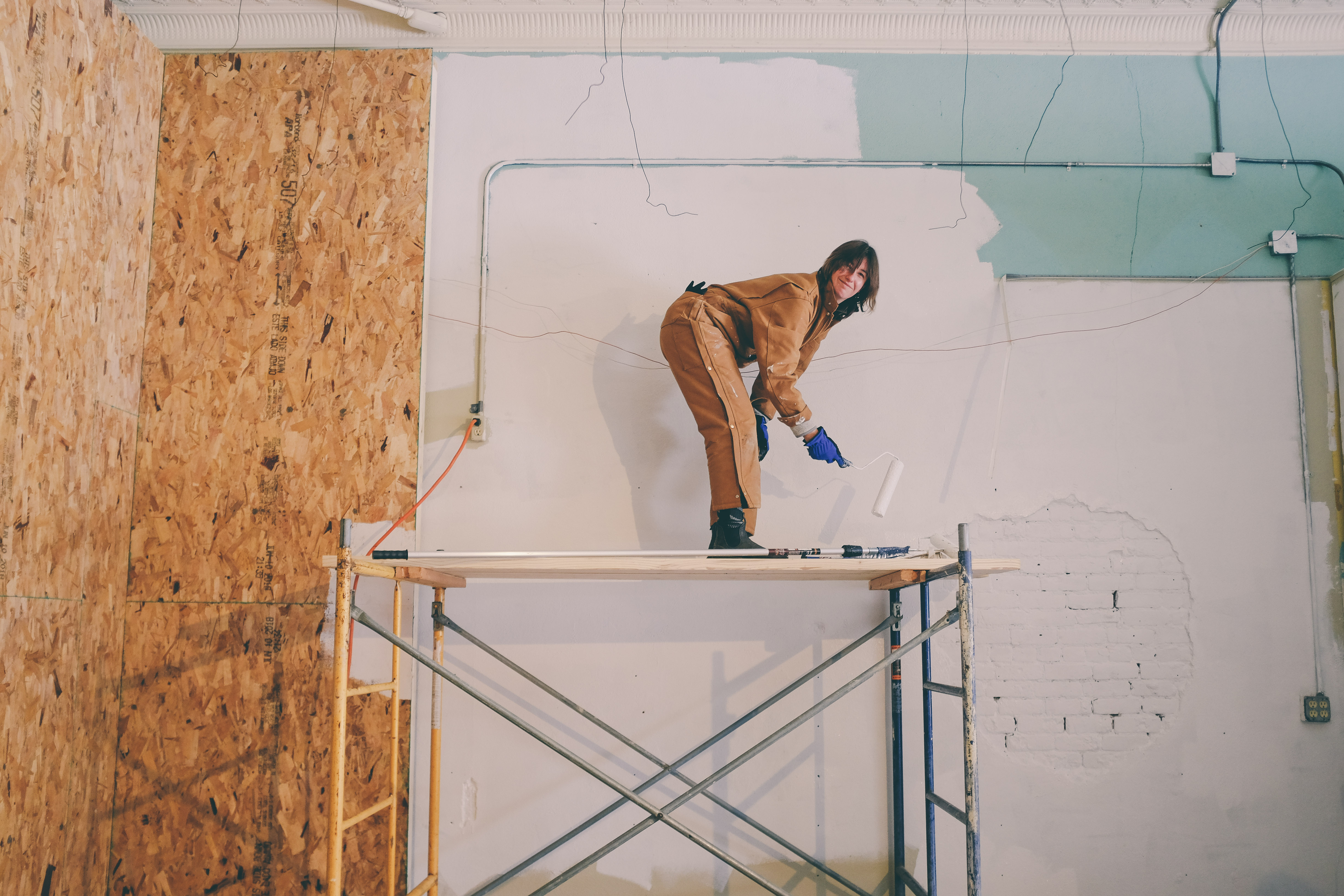
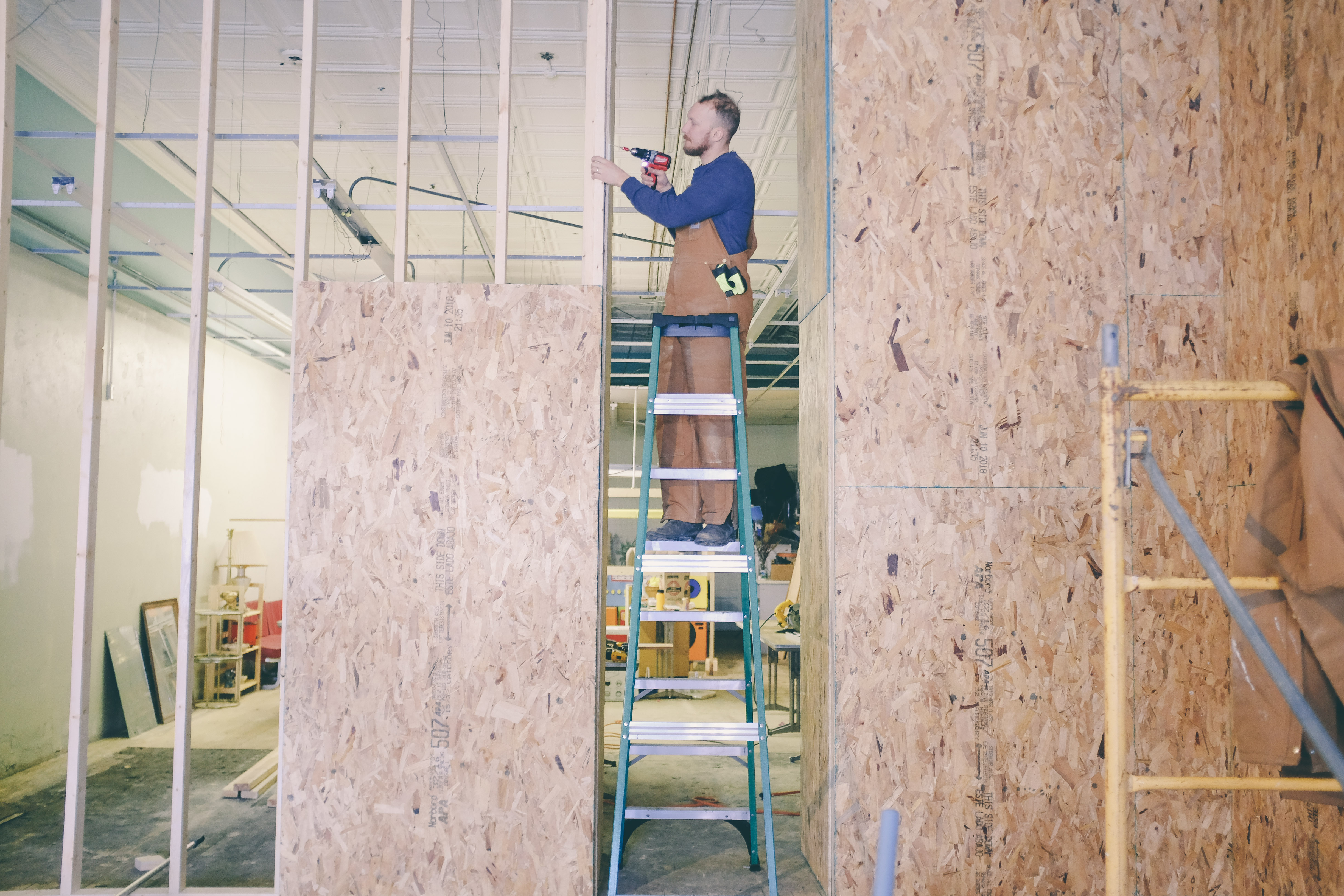
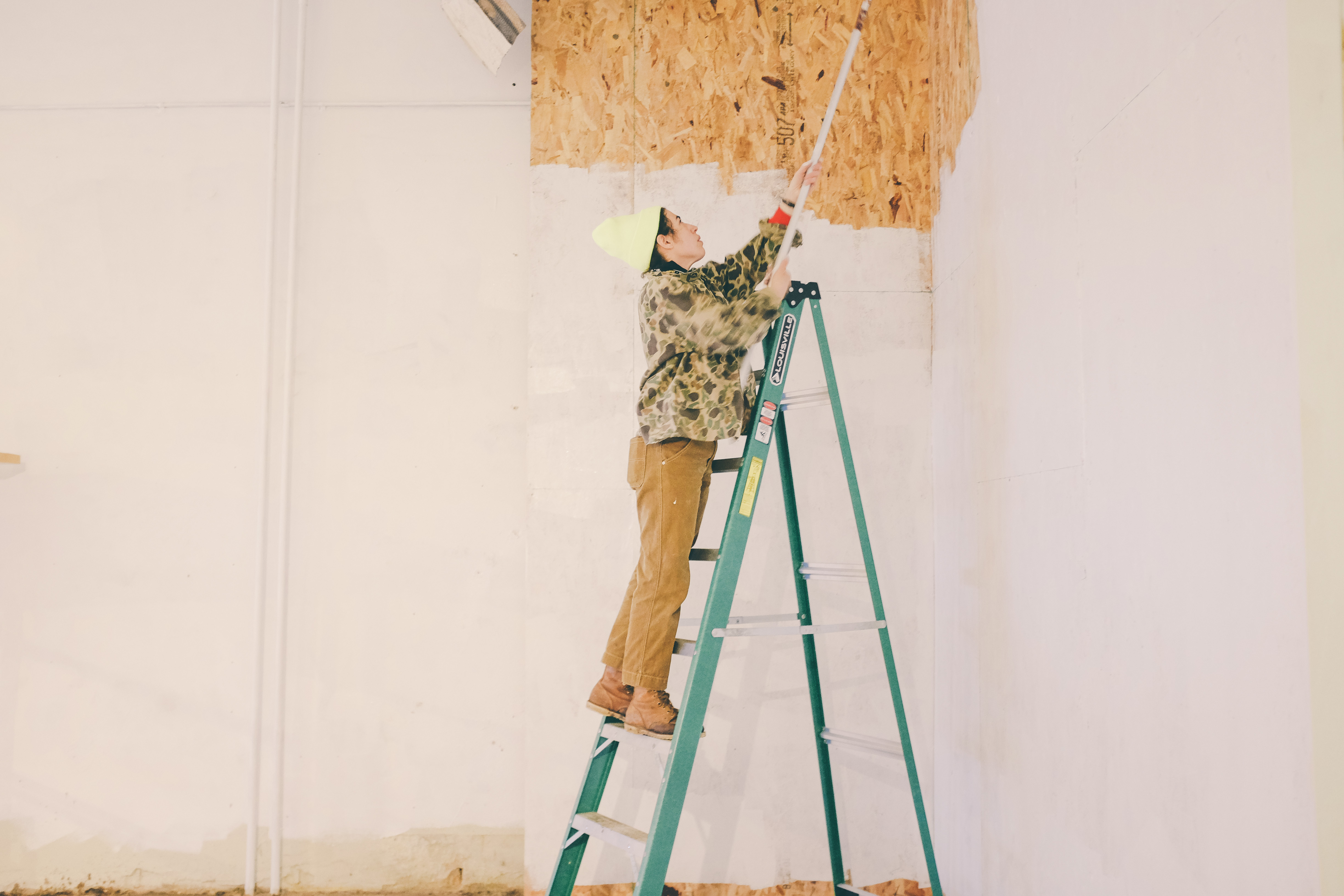
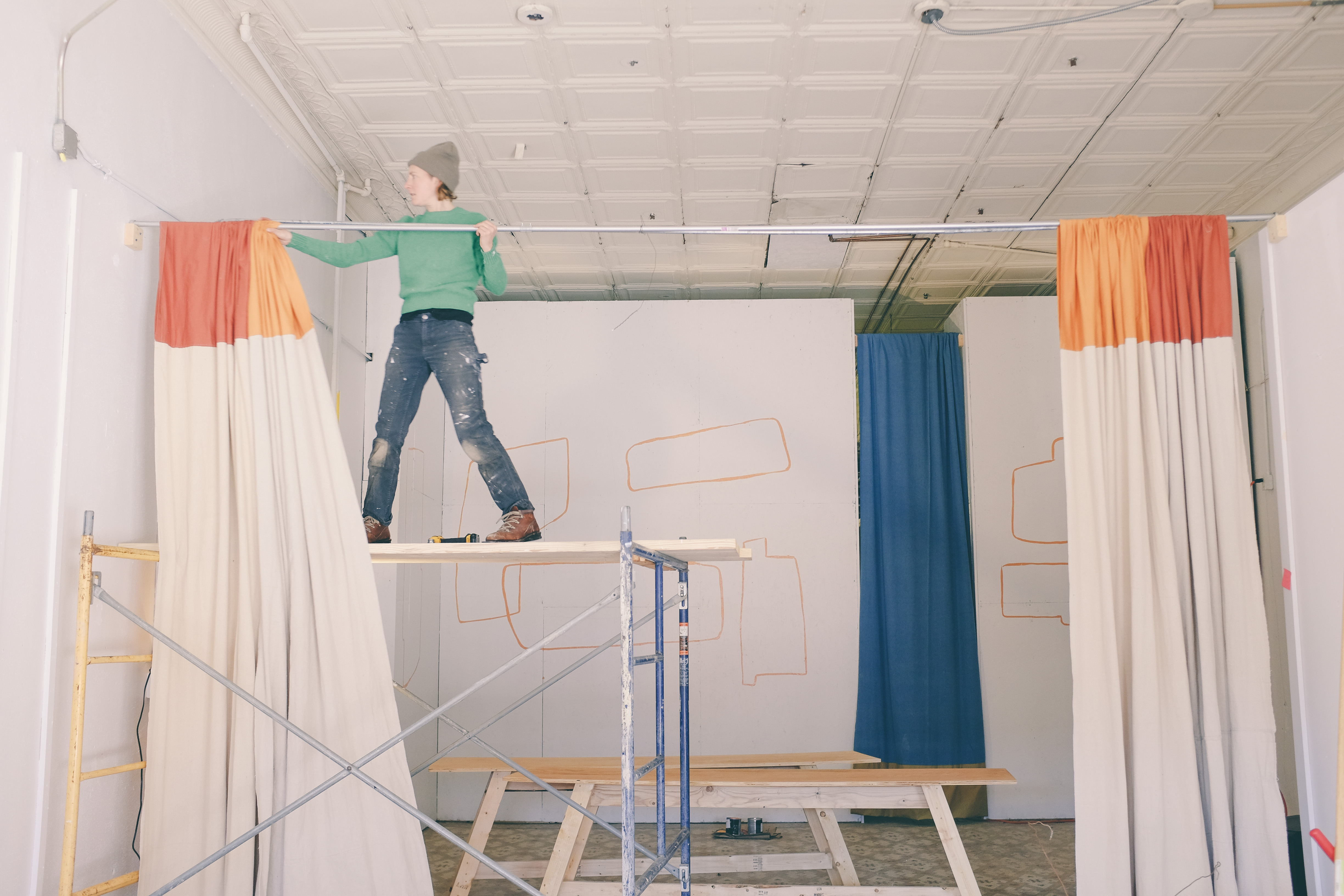

Renovation process
Beyond construction, we also designed a spacial color palette and repainted the interiors, adding a pattern mural inspired by the granite rock formations in the region. Artists built mobile lightweight furniture for the space, created a point-of-sale system for donations, a community bulletin board, and implemented flexible and strategic mapping of areas in order to function as an informal social space, a multi-purpose venue, and a classroom.



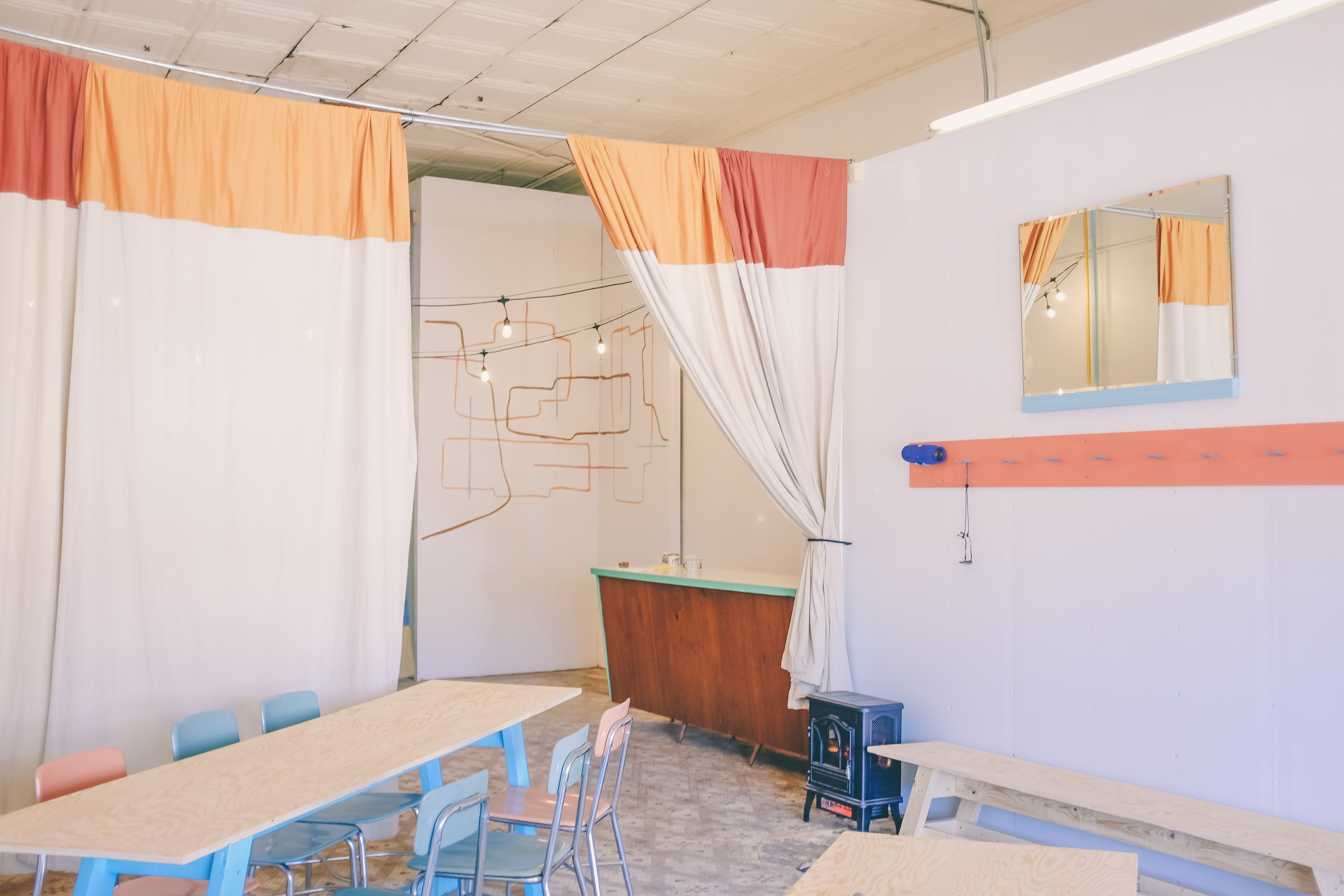
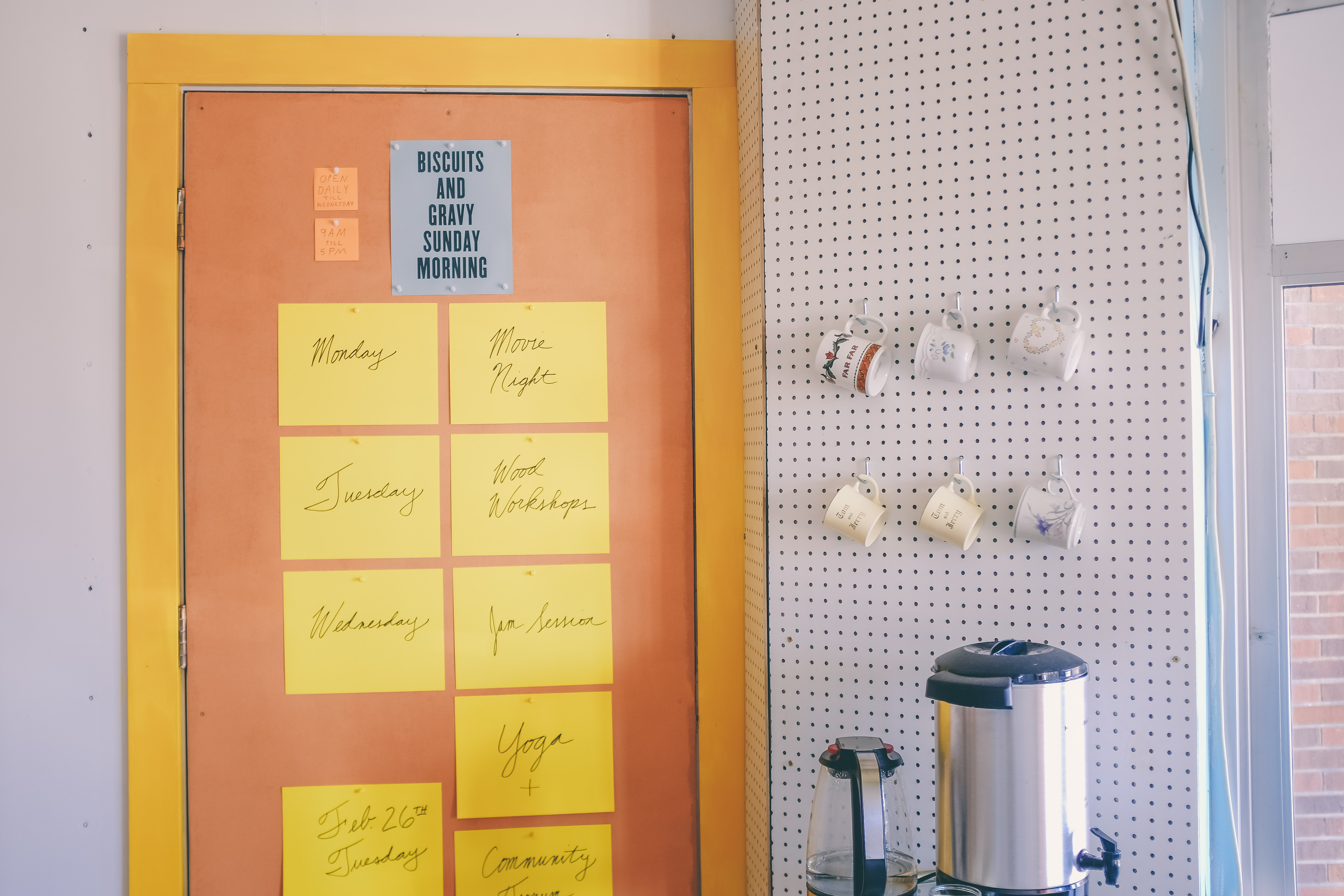
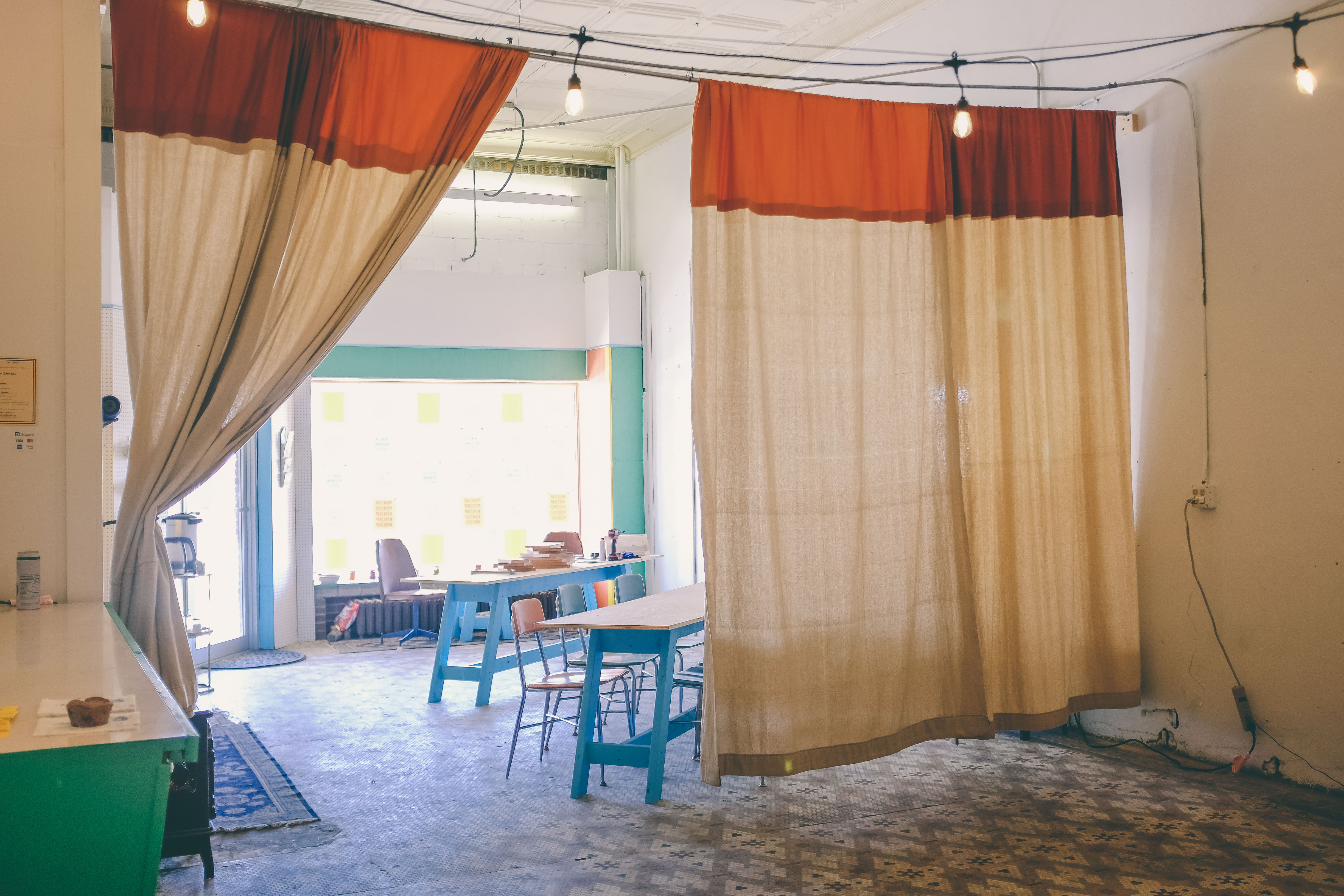
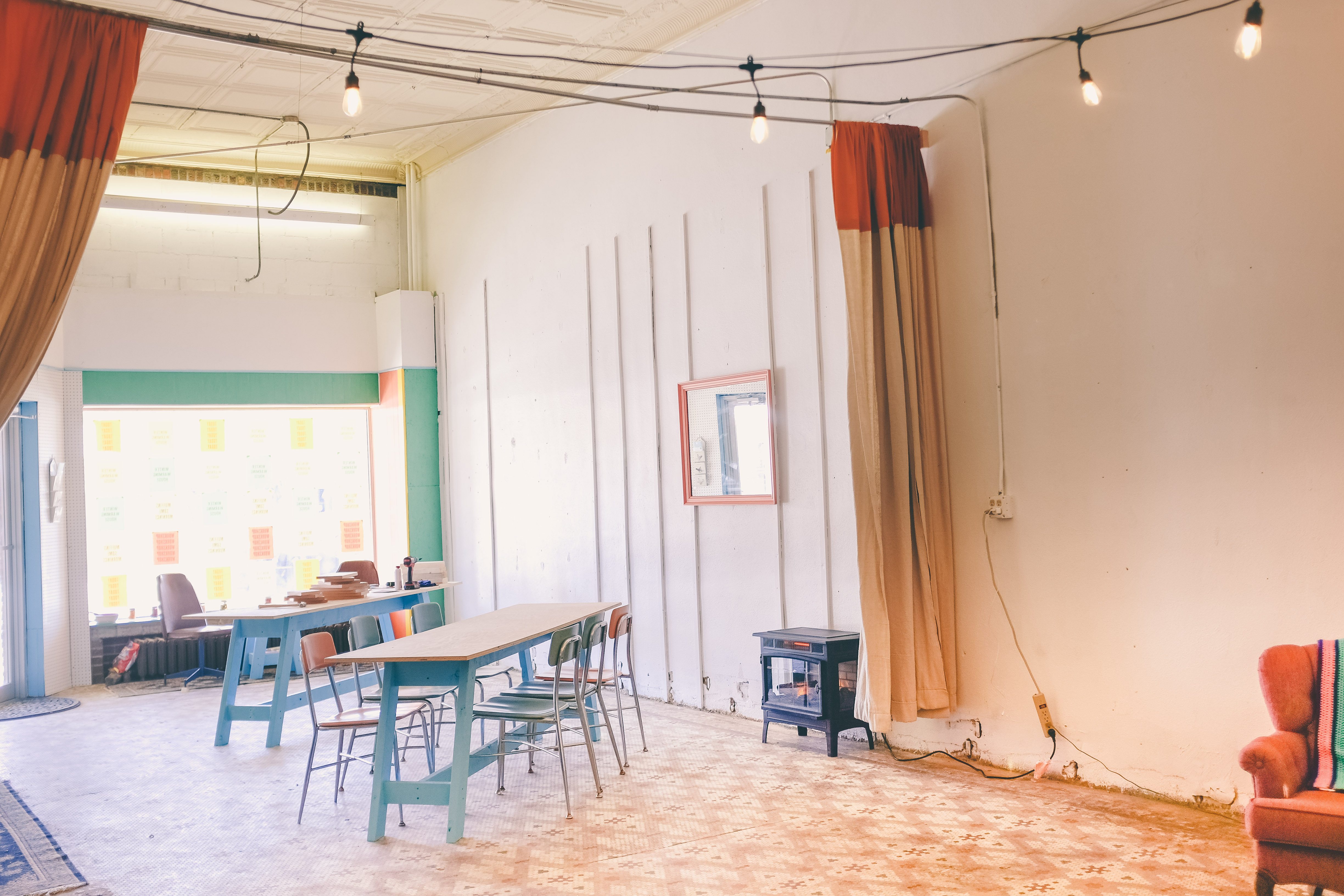
Finished interior of Yes! House
![]()

WINTER WARMING HOUSE
Community Engagement
AS HOMEBOAT
GRANITE FALLS, MINNESOTA
Community Engagement
AS HOMEBOAT
GRANITE FALLS, MINNESOTA
An collaboratively built all-are-welcome rural downtown warming house programmed as an experimental proof-of-concept for community strategies outlined by neighbors during a creative community design-build process.
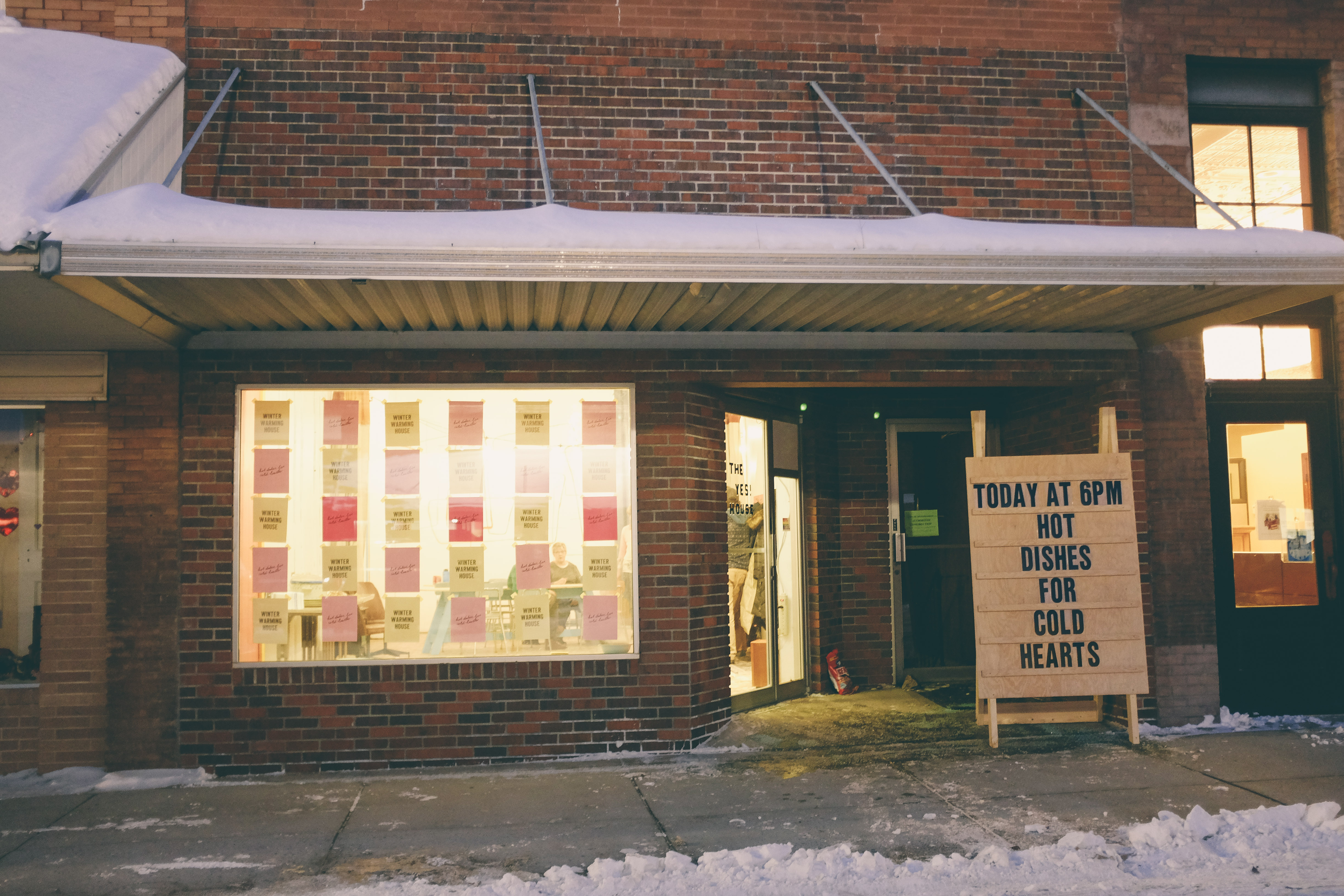
Readerboard and window dressing on opening night of the warming house.
Situated in an unheated building in the long nights of winter in rural Minnesota, the downtown Winter Warming House served as a lights-on, open-door experimental community space in downtown Granite Falls. During the days of programming, Homeboat piloted a series of events including a casserole potluck, bingo night, quick pickling class, movie screening, wood workshops, game days, brunch club, drop-in social hours, and of course, piping hot coffee every morning. Programming the space involved everyday changing window installations, a homemade readerboard, social media takeover, identity design, and upfitted adjustments to the space depending on event needs. 
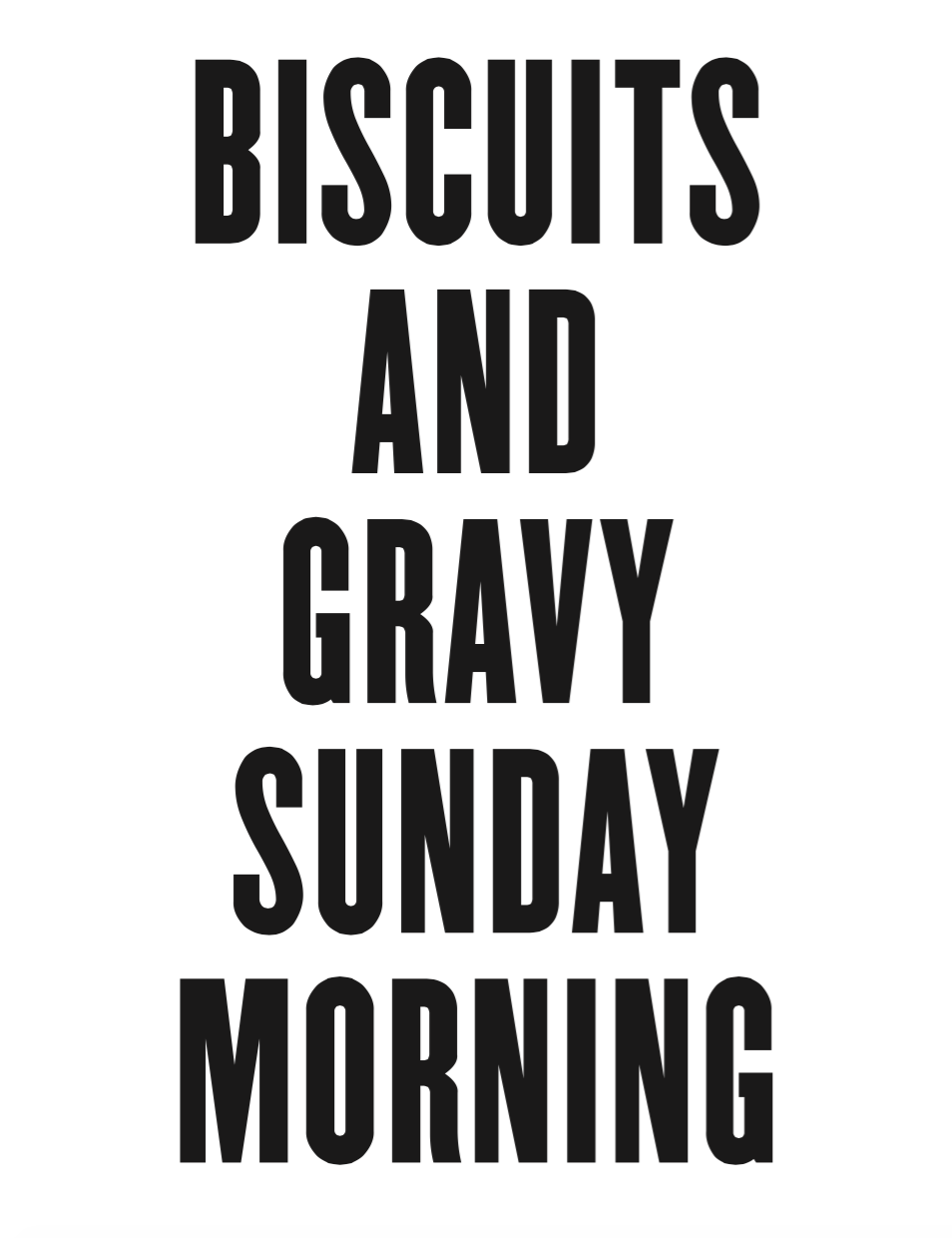

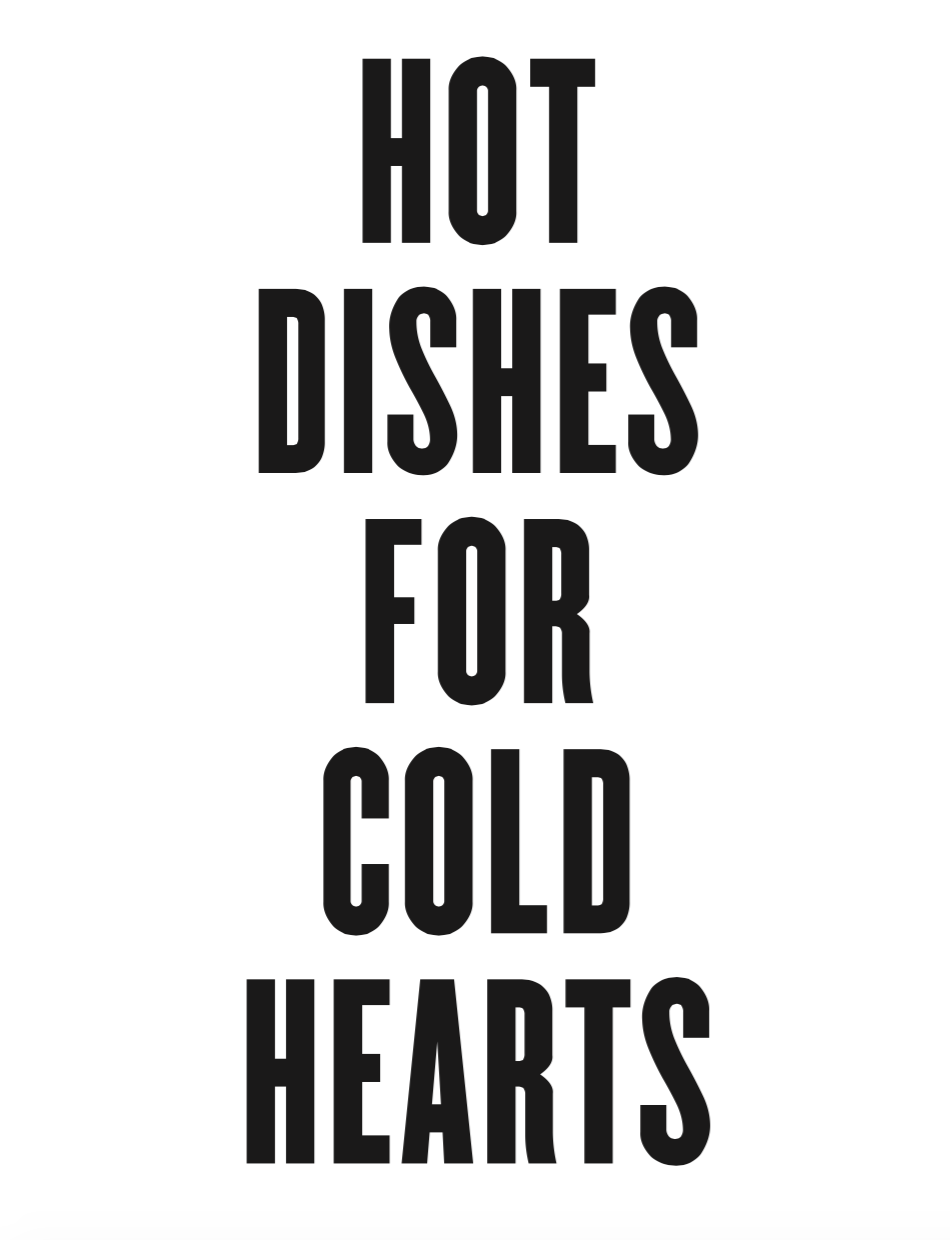

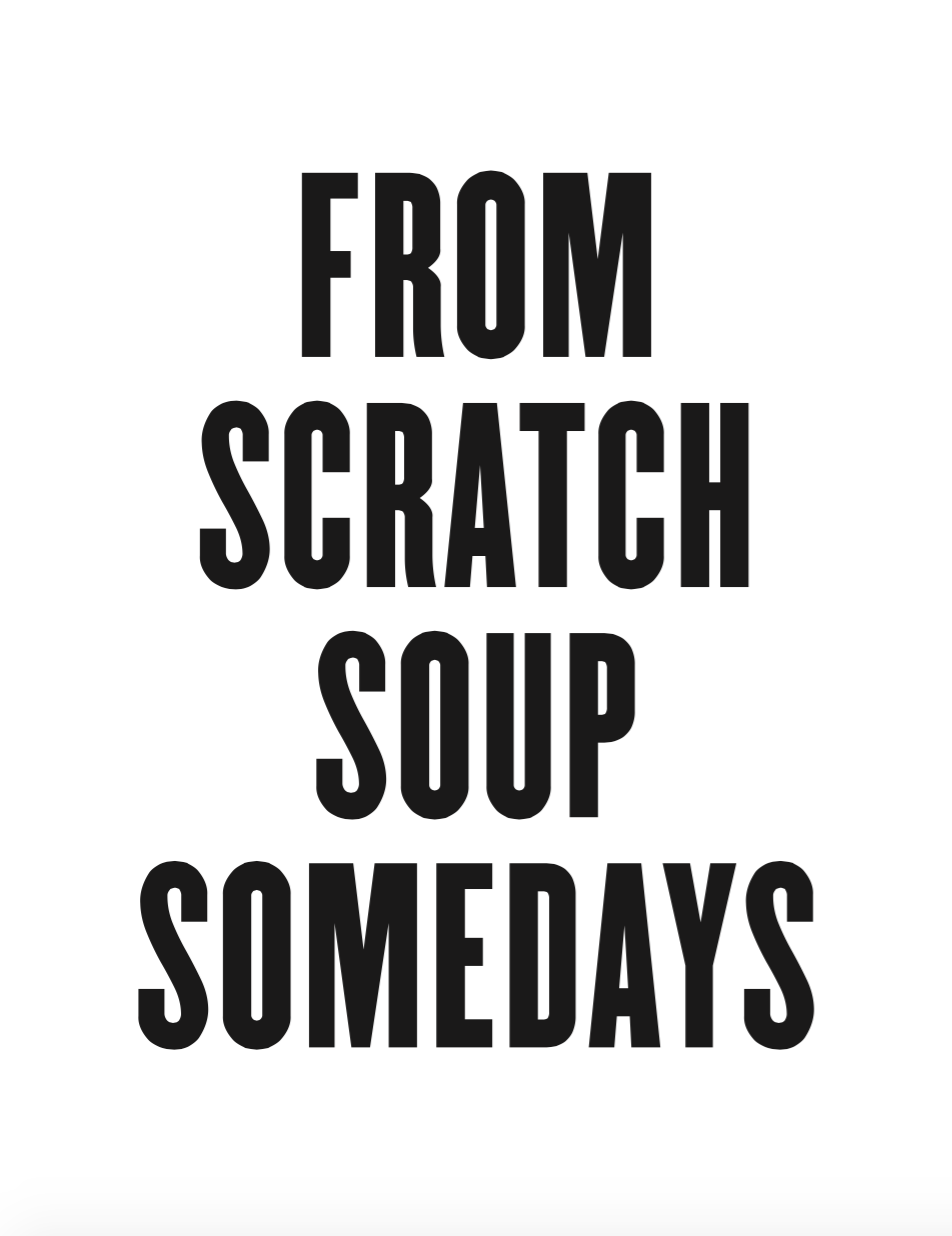
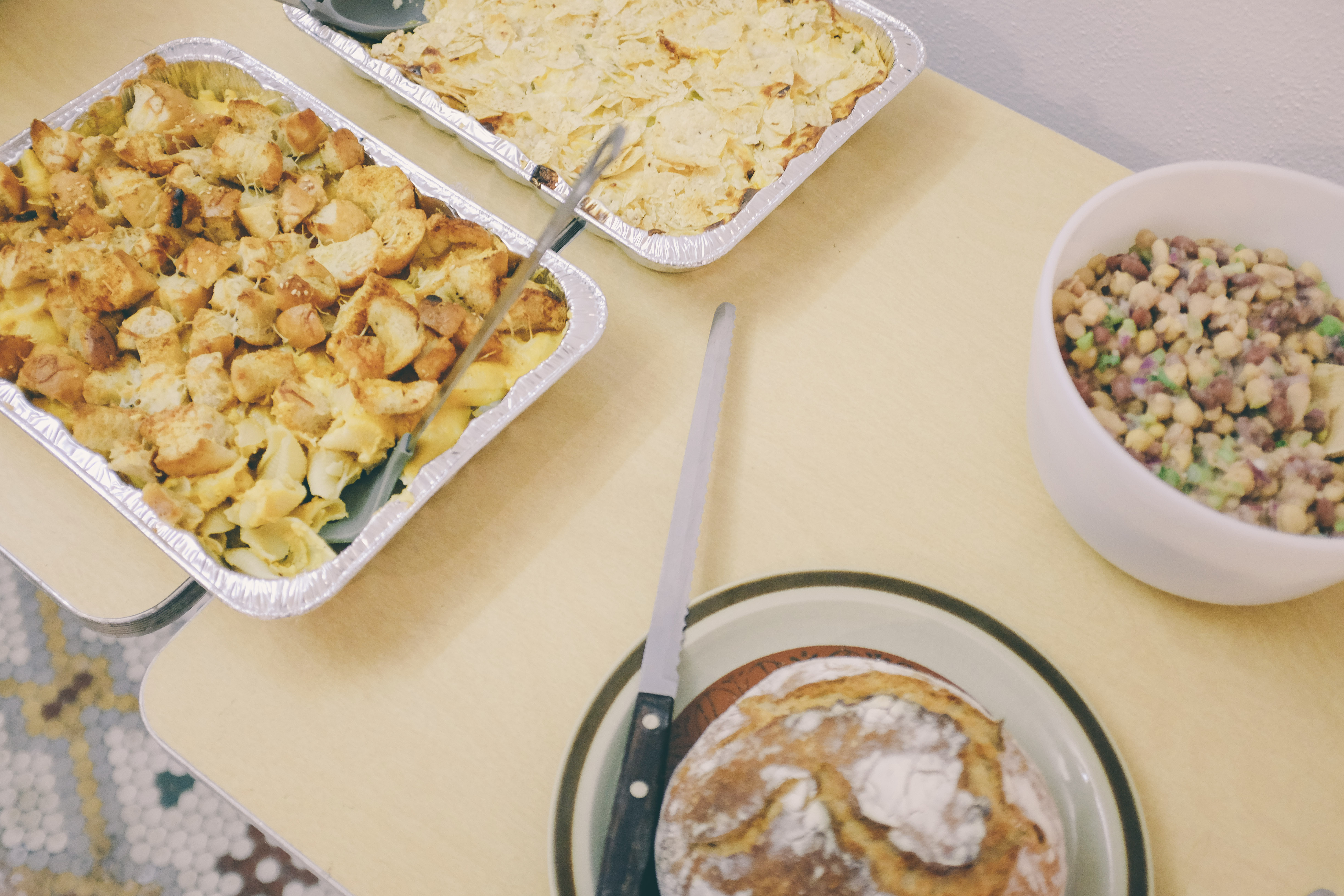




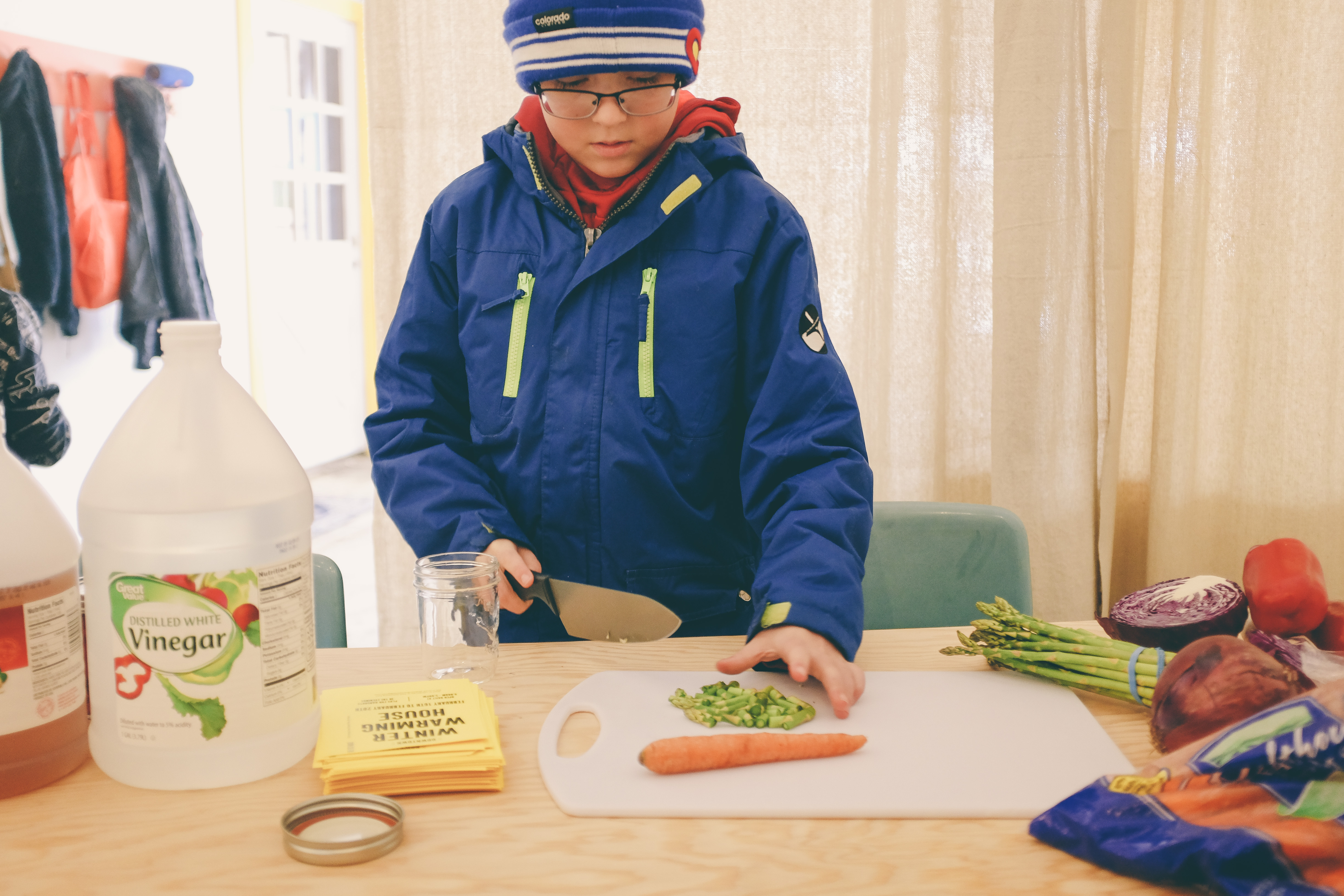
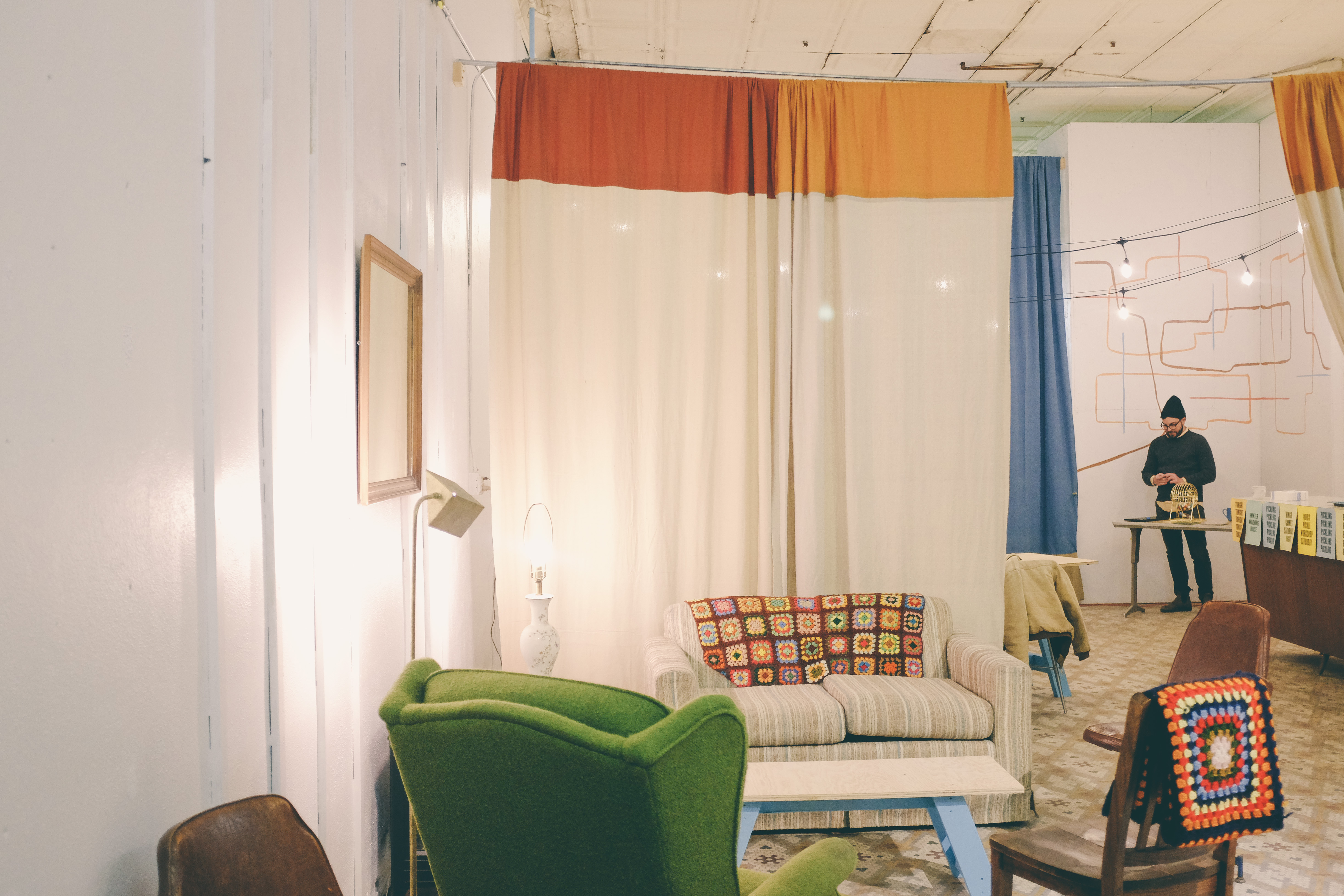


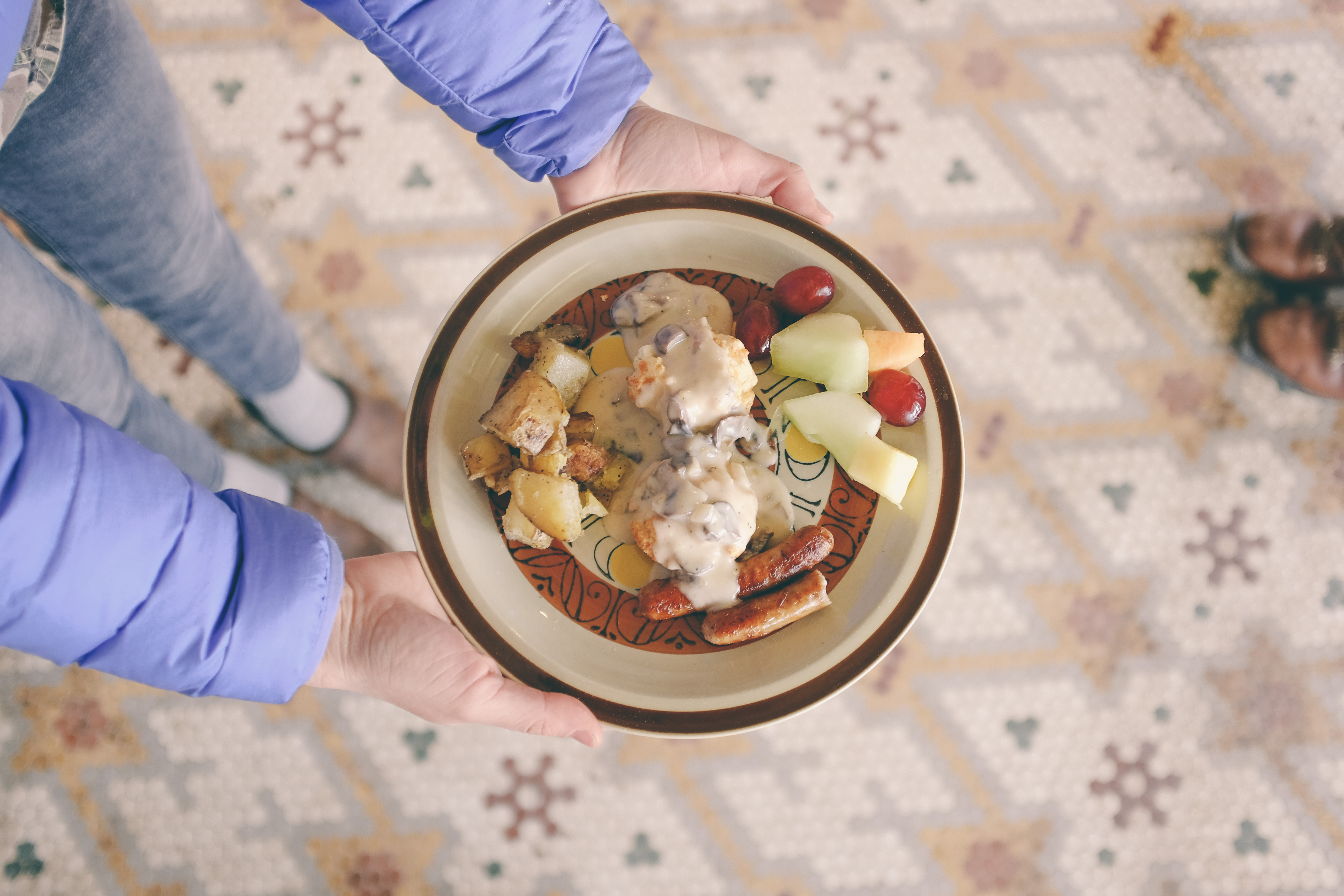


The Year of Play
WITH THE DEPARTMENT OF PUBLIC PERKS
Led by multidisciplinary artist-organizers (Mary Welcome, Jake Krohn, Molly Johnston) in collaboration with their neighbors, The Year of Play was a creative initiative that uses art and culture to inspire play for all ages in Fergus Falls while celebrating and making visible community assets, promoting wellness through active living, facilitating community interaction, and infusing a sense of fun and wonder in town. Highlighted projects include rural Minnesota’s first openly queer drag show, citizen-led riverfront beautification projects, a subzero pop-up movie theater on a frozen lake, a public “people’s park” in a local lot, and the continued development of “possibility kits” to encourage and support cultural activations on a neighbor-to-neighbor level. Using tactical ruralism and under the guise of hi-visibility safety vests, the Department of Public Perks continues proactive unsanctioned work in Fergus Falls.
This year-long initiative was made possible by deep collaboration with Springboard for the Arts and with support from the National Endowment for the Arts through an Our Town grant.

Frozen Cinema
Frozen Cinema


The Department of Public Perks hosted FROZEN CINEMA, a free double-feature on-the-ice movie theatre open to everyone. “Frozen” was shown at 5:30pm followed by “Grumpy Old Men” at 8:00pm. There were free popsicles, hay bale seating, a homemade ice rink, aurora light shows, and firepits; neighhors brought their own camping chairs, hats, mittens, puffy coats, ice skates, blankets, sleeping bags and long johns.

Making Light Of
Everything! Infunstructure Engineer Jake Krohn led lighting design projects all around town throughout the year while assembling an incredible light library for the Department. Light installations included a range of outdoor venues, from transitional storefront LED systems to timed glowbulbs on the ice rink, culminating in an extravagant riverwalk static light parade from bridge to bridge in Fergus Falls.

The People’s Park
An all-ages all-folks summer venue in double parking spots of the Court Street parking lot overlooking the Ottertail River. After a week of preparation, The People’s Park was assembled by the Department of Public Perks in record-breaking thirty minutes during sunset hour on a Sunday. By the people and for the people, this public park was used for lunch breaks, cribbage games, impromptu concerts, letter-writing campaigns, and who even knows what else. Amenities included solar lights, checkers, cribbage, playing cards, stump seating, a stump table feat. a beach umbrella, planters of strawberries and moss roses, and all the astro-turf that was available at the hardware store in Detroit Lakes.

Pop Up Splash Zone
Designed by Infunstructure Engineer Jake Krohn, these portable wet ‘n wild fun zones were transported to different parks around town during the summertime for all-ages fun.

Community Micro-Projects
WITH THE DEPARTMENT OF PUBLIC PERKS
After leading a community workshop on play-based practices, we worked with neighbors to develop micro-projects that activated community spaces around town. The guidelines were fairly simple, projects had to involve artists and a community collaborator. Folks that proposed projects recieved $500 of funding and support from the Department of Public Perks in promotion, facilitation, and documentation.




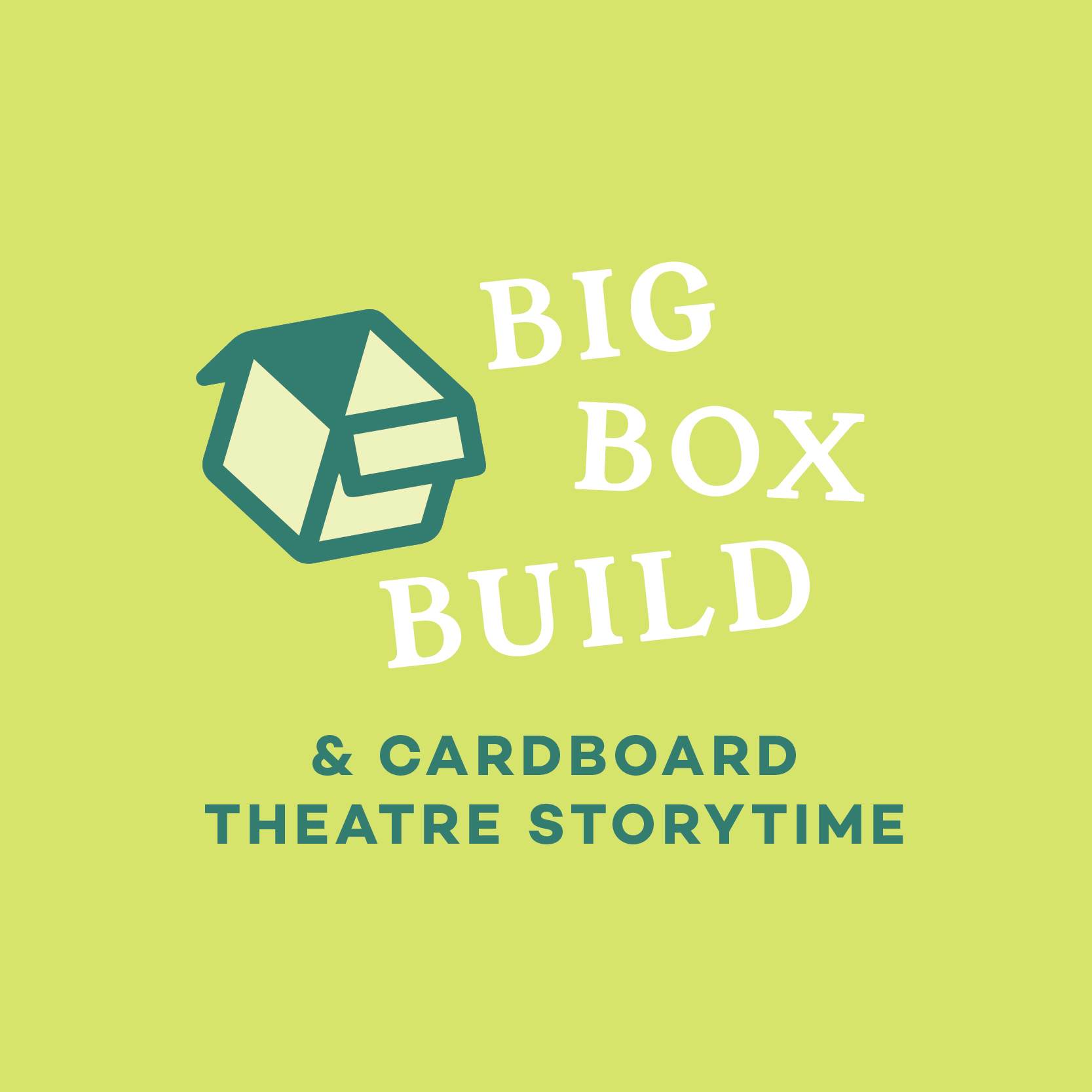


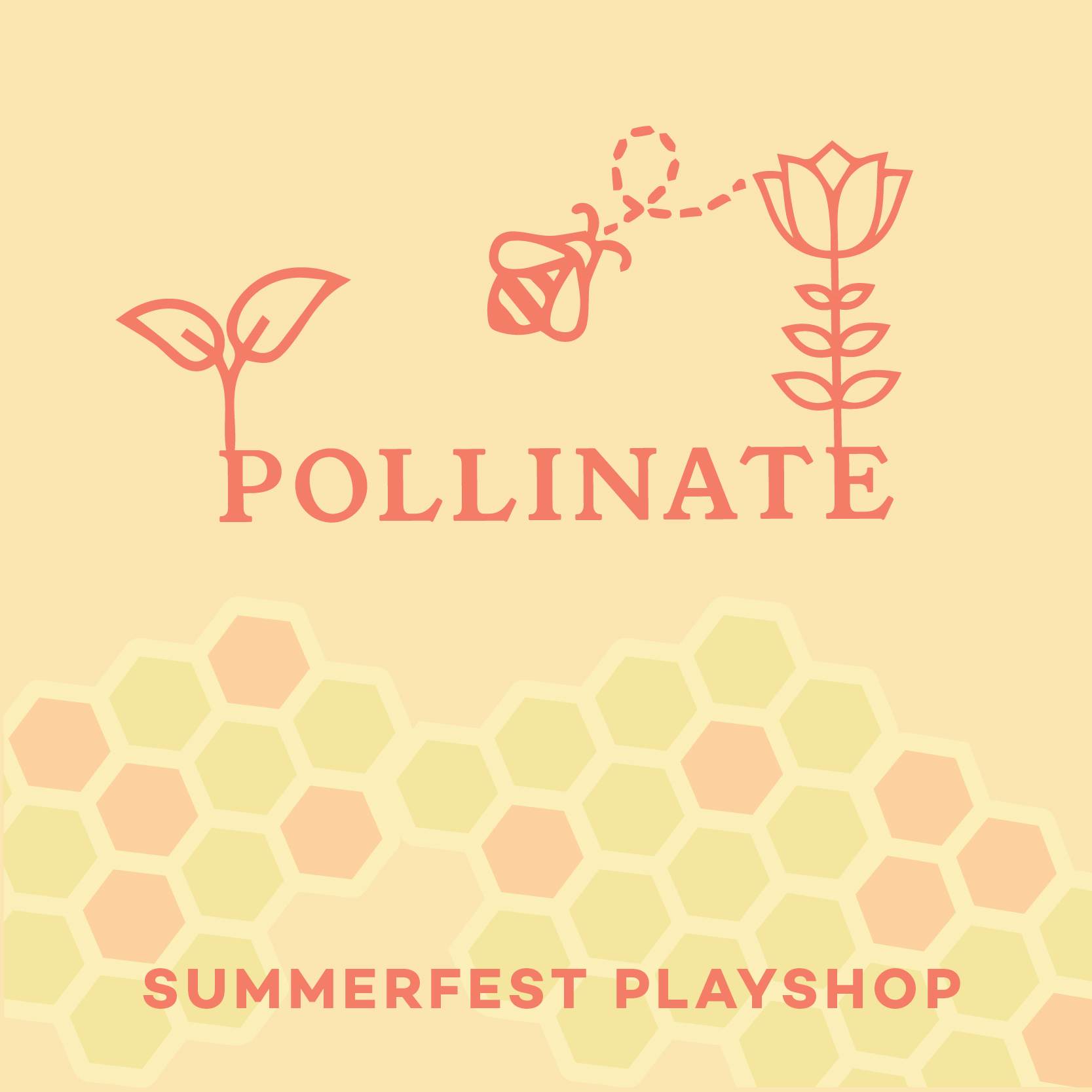


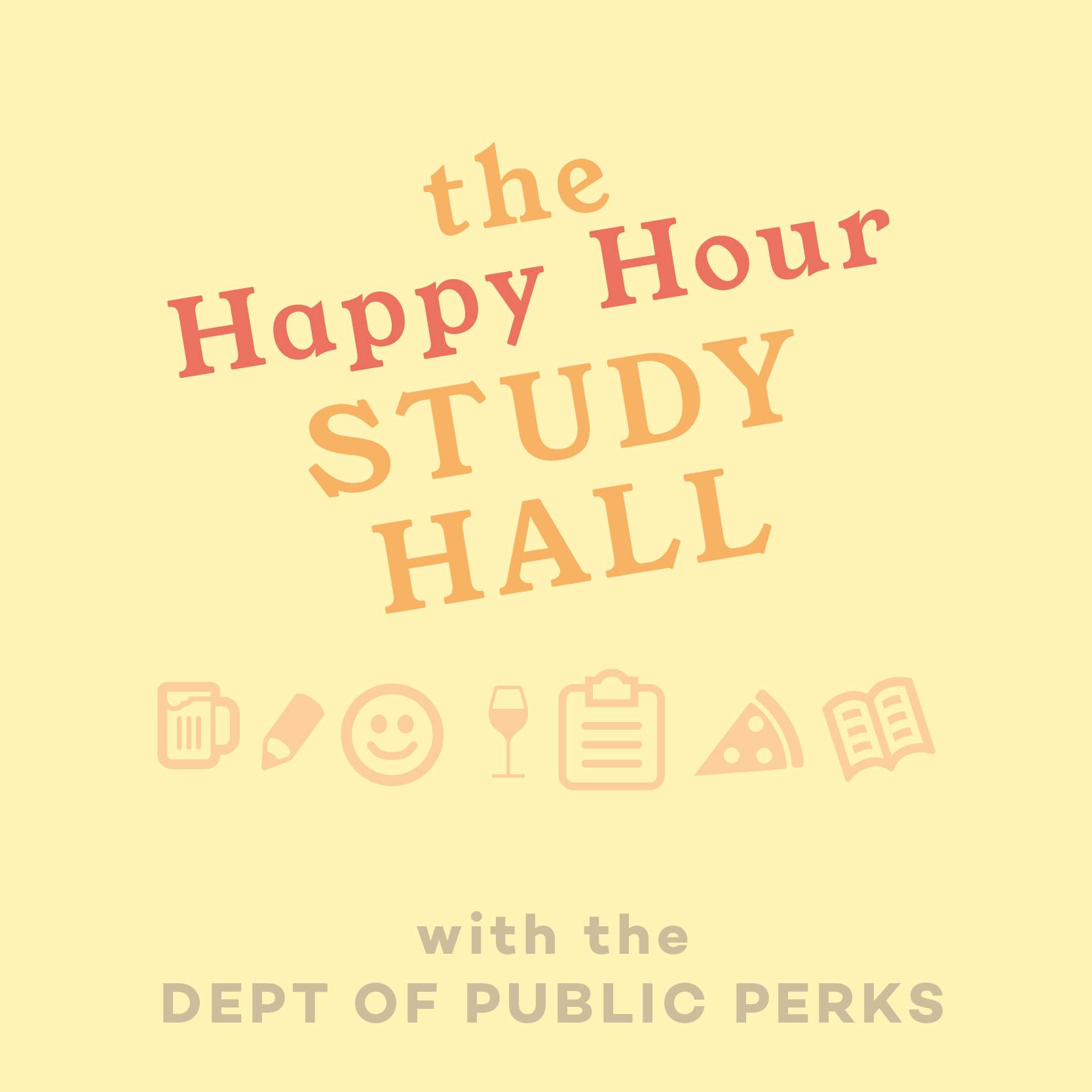


Big Box Build
✺ with the Fergus Falls Library
We'll bring the boxes, you bring the fun! Castles, forts, cities, and more--if you can imagine it, you can build it! Big Box Build was an imaginative cabin fever collaboration between the Department of Public Perks and the Fergus Falls Library. After kiddos built a city from boxes, Ms Arielle led a special edition of Cardboard Storytime Theatre.

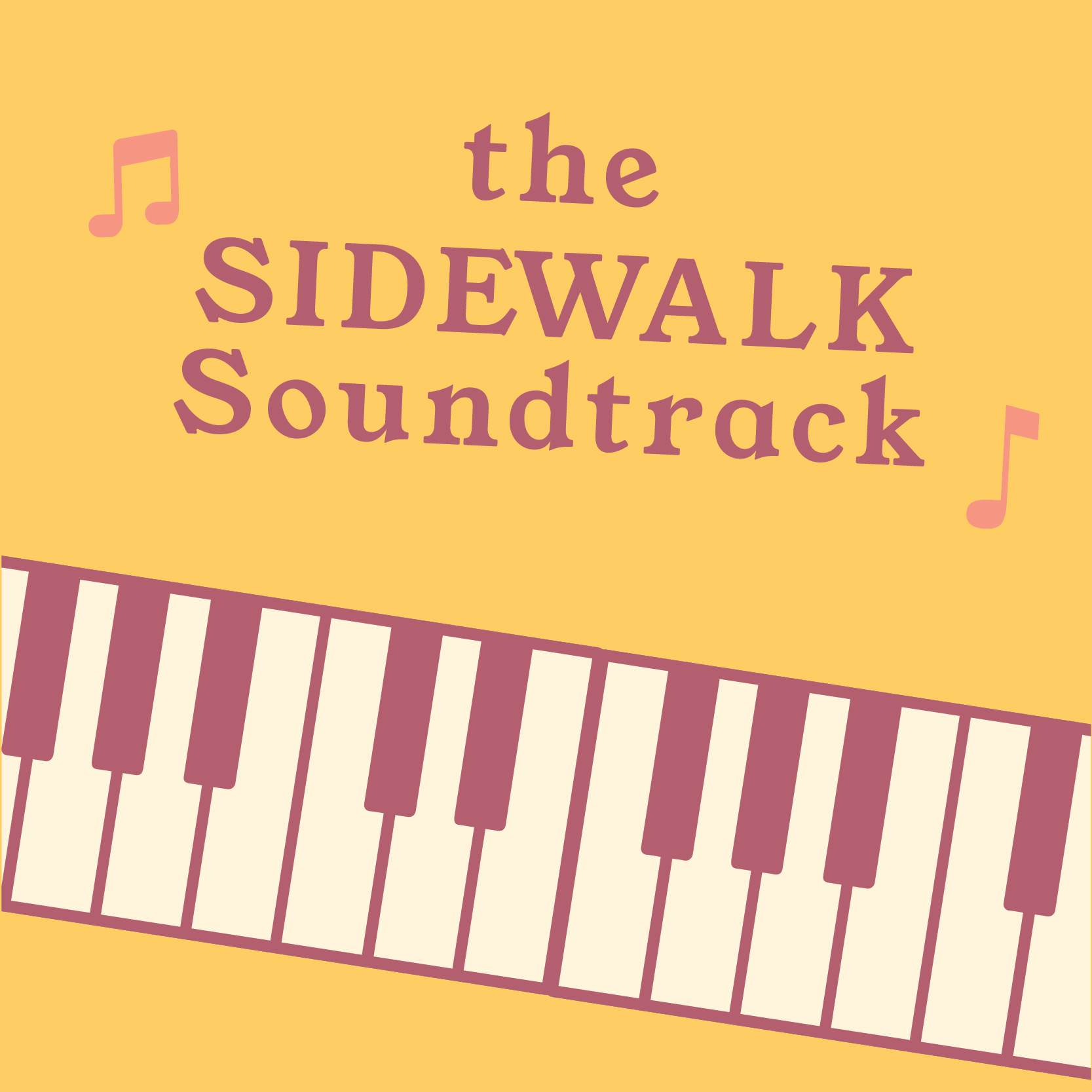
Sidewalk Soundtrack
✺ with Ruth Rosengrenfeat. artists Chelsey Beilhartz and Aimee Nordlund
A sidewalk piano is coming to a street near you, in the hopes of inspiring a bit of playfulness downtown Fergus Falls. We're kicking off the warm weather season with a May Day concert (and treats!), but the piano will be on the sidewalk for as long as the weather allows -- so if you're not able to come to the event, we hope you'll stop by and play a tune sometime.

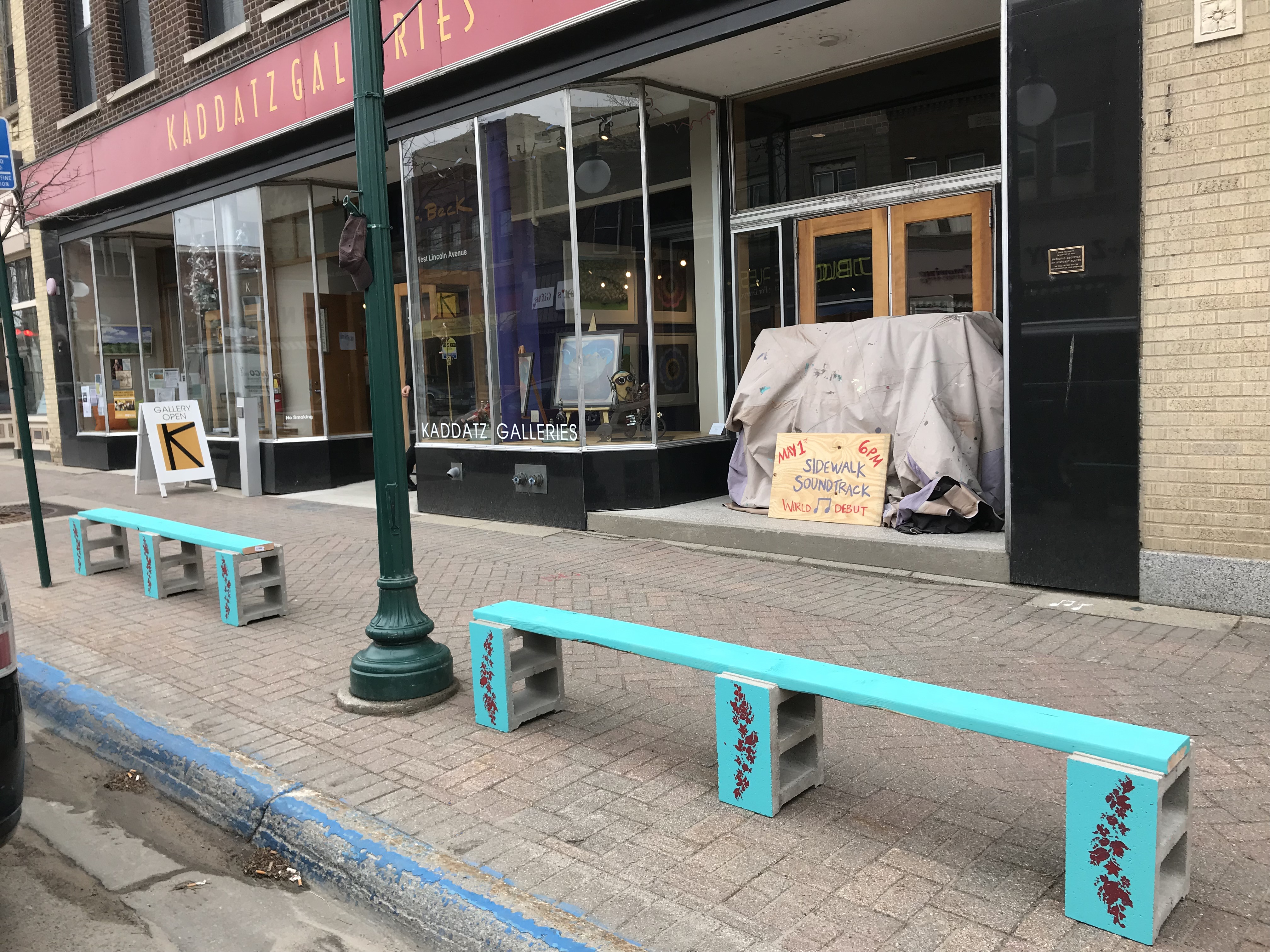
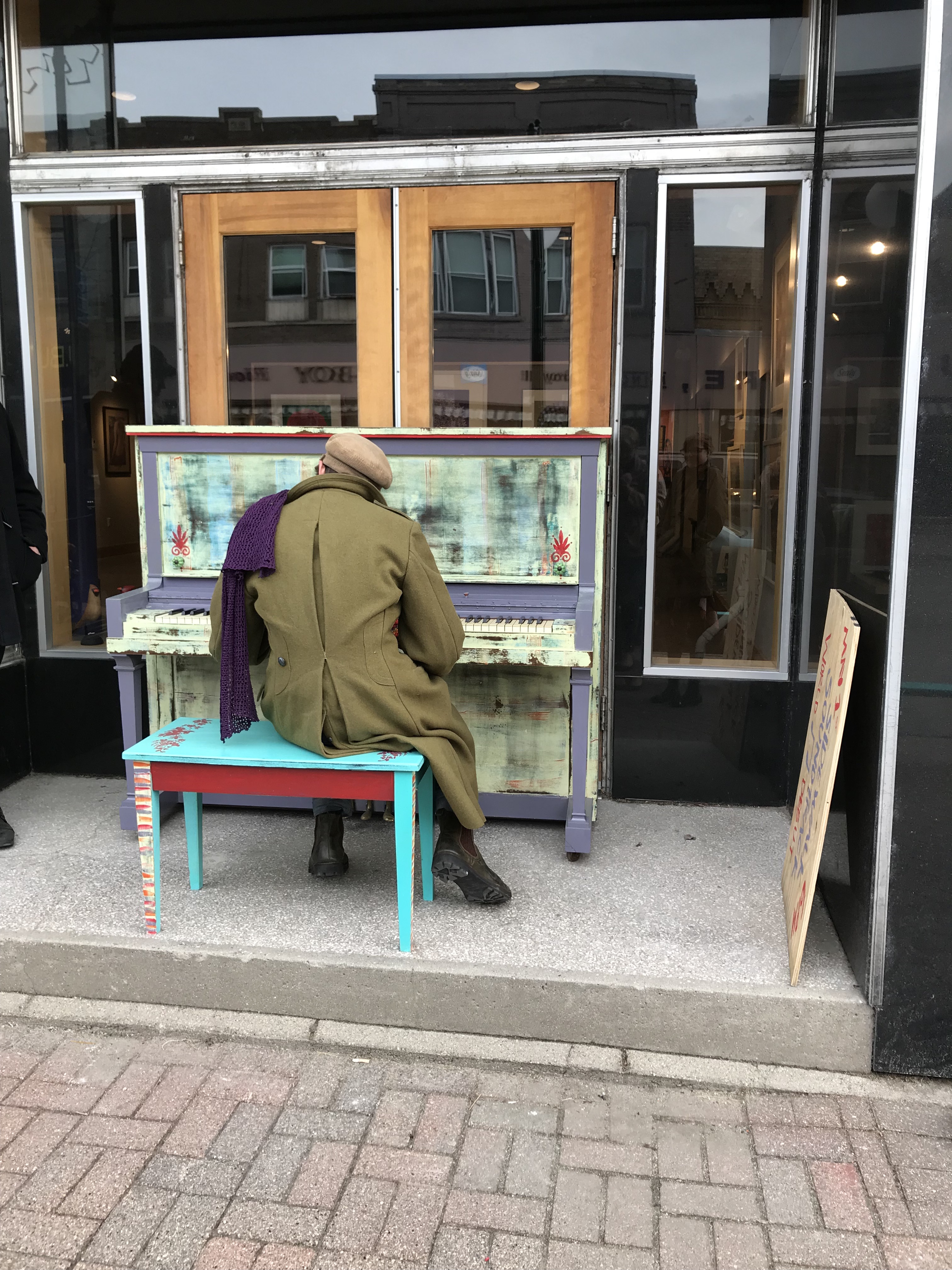
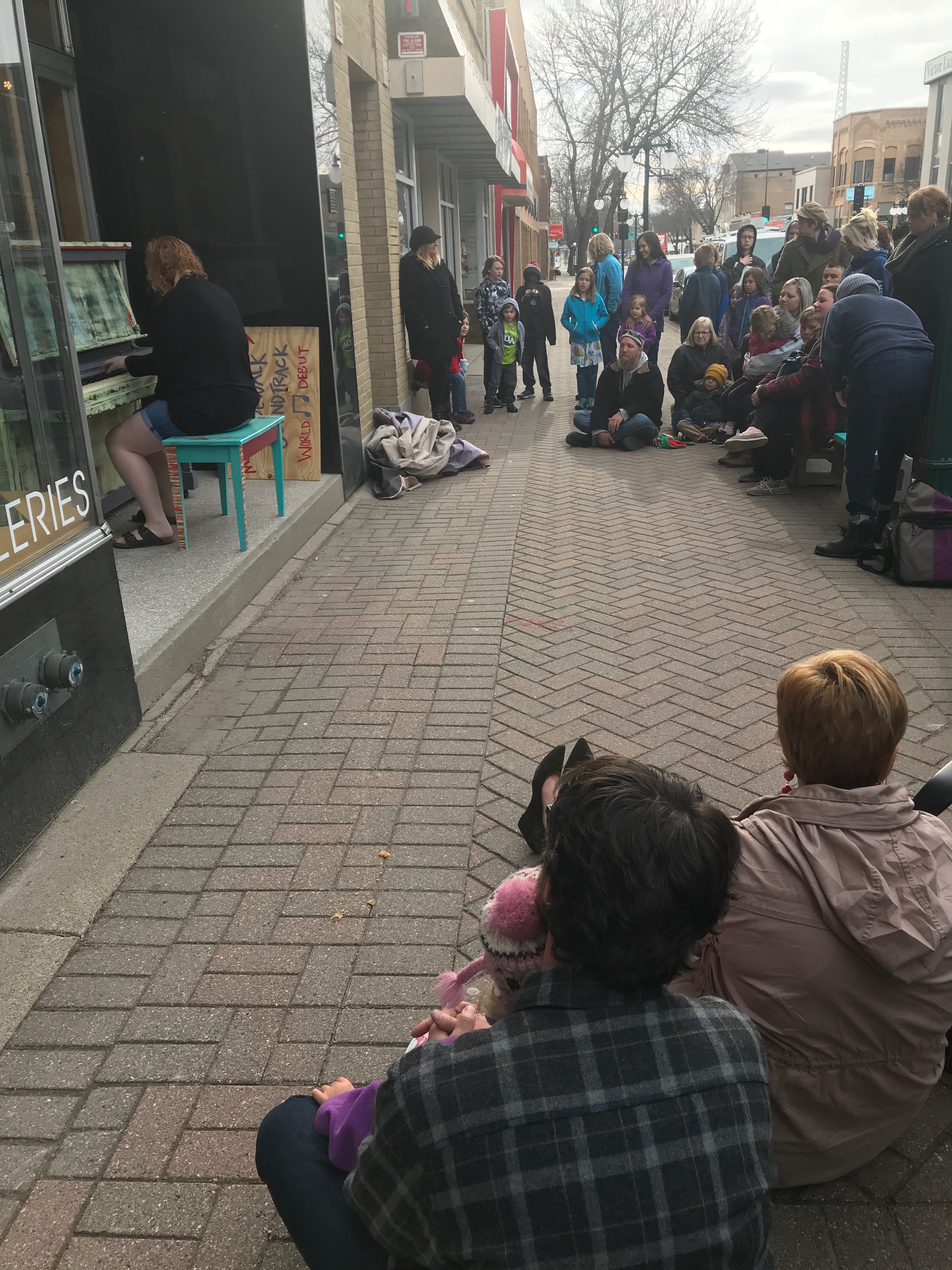
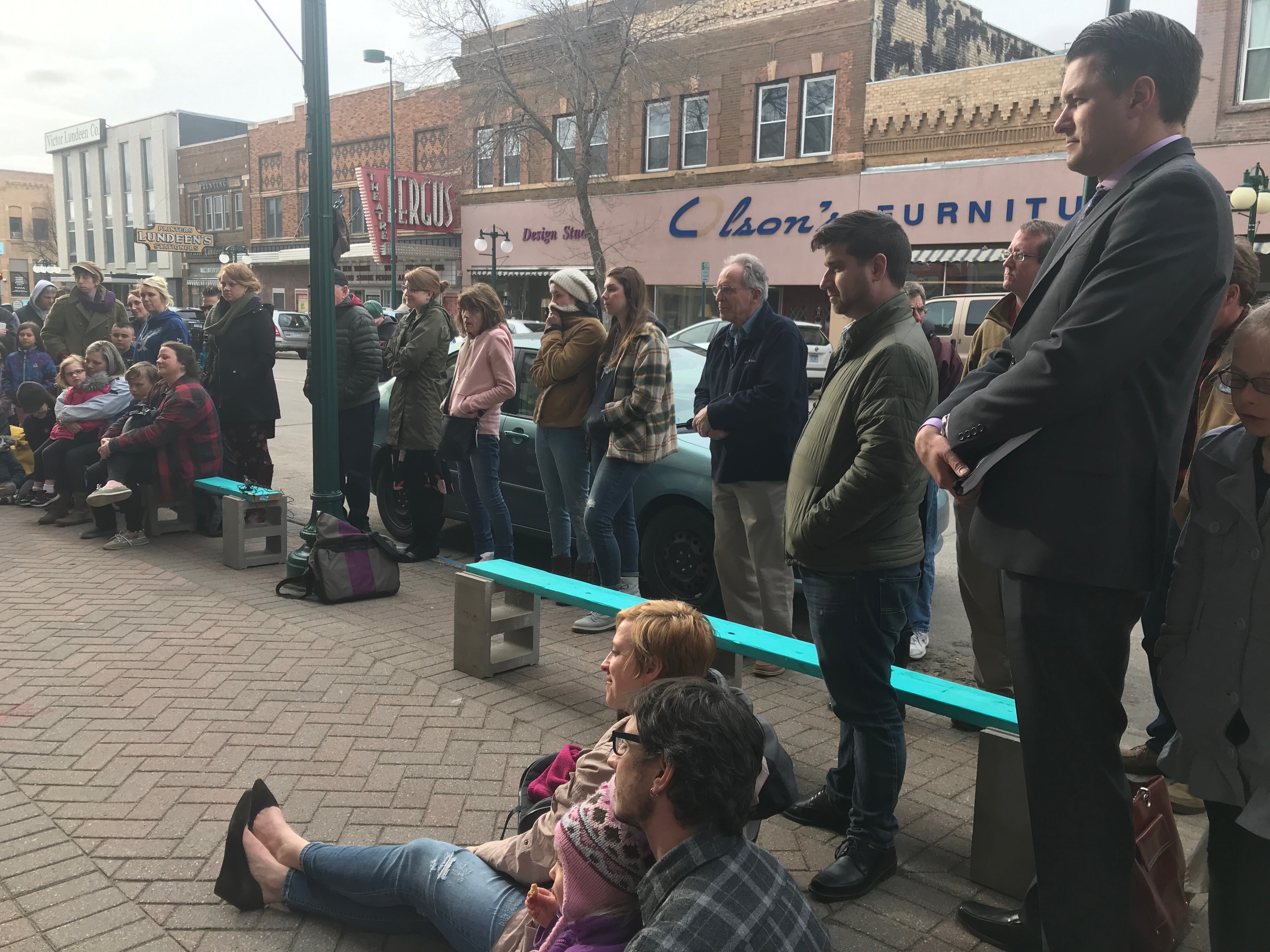

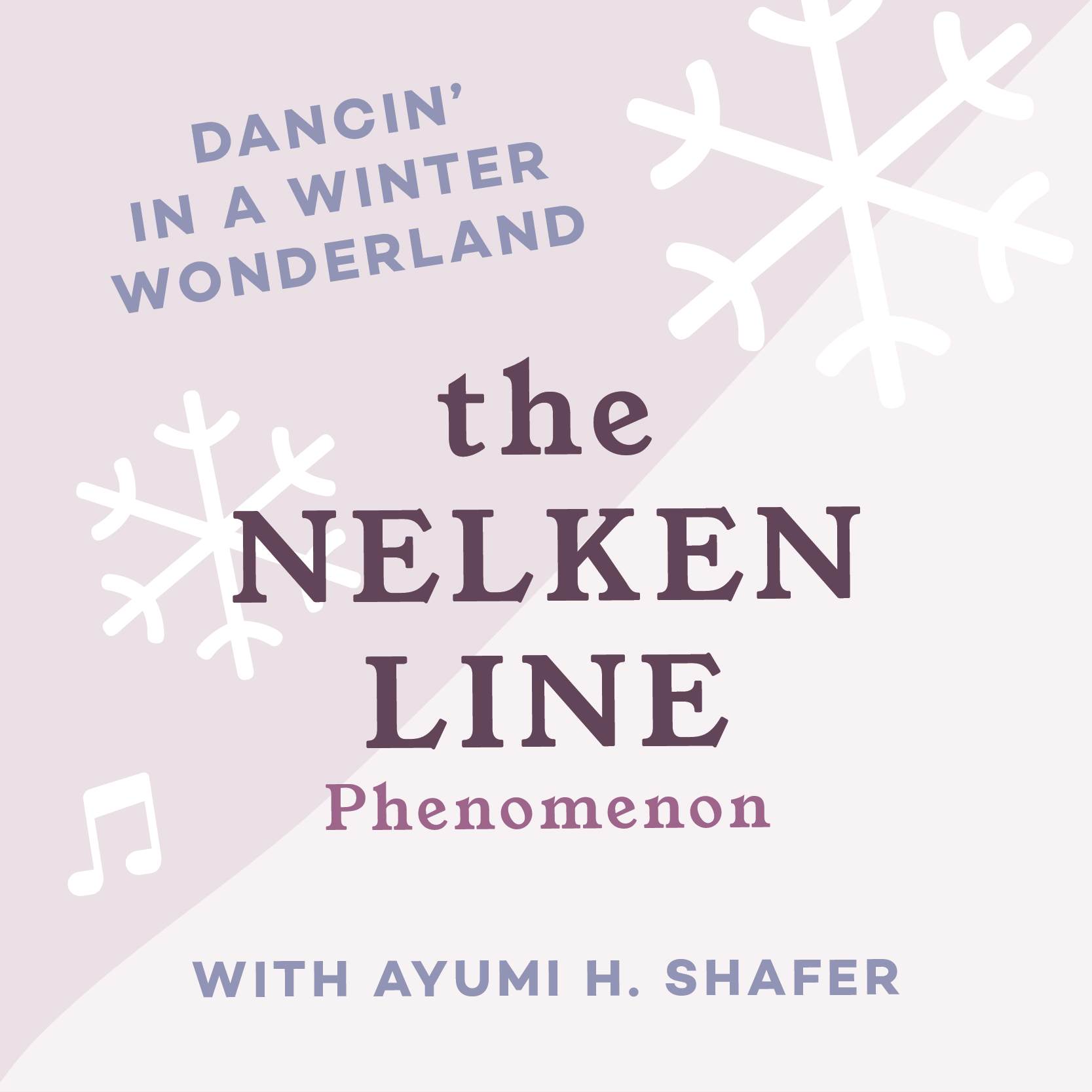
Winterland Dancing
✺ with Ayumi Hori ShaferArtist Ayumi Hori Shafer invited the community of Fergus Falls to come together to take part in a dance project by the Pina Bausch Foundation. The Nelken-Line phenomenon is a flashmob style event done all over world. Community members learned the simple “line” dance and made their way around Lake Alice in a snow storm dancing The Nelken-Line.
Ayumi worked with many different community groups to make this dance project happen, including teaching visits to Mill Street Residence, Pioneer Cottages, and the 4th graders at Cleveland Elementary School.

The Imperial Transantarctic Expedition
Medicine Lake, Minnesota (2009)✳ Collaborators: Molly Goldberg, Amber Phelps Bondaroff
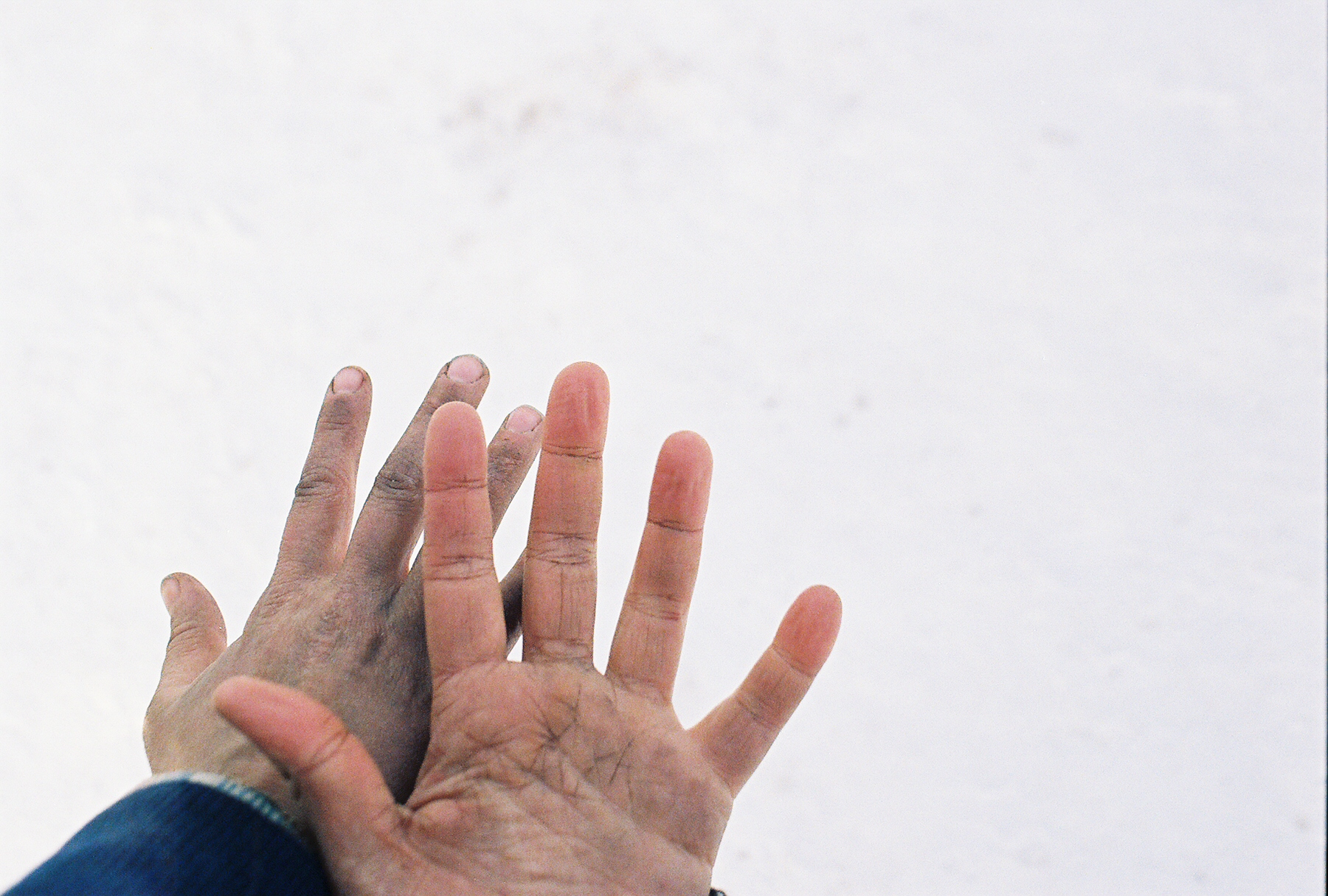
The Imperial Transactarctic Expedition was a collaborative community experiment conducted on a frozen lake in the middle of winter with an all-women crew of artists and a rotating cast of visitors. As artists and friends, we challenged one another to nurture creativity and community-building in the face of extreme scarcity and physical hardship. We spent six weeks living in a site-specific handbuilt structure in sub-zero temperatures, using story-telling, collaborative creative work, and positive attitudes as tools that were integral to our survival.

This was a project about needing one another, the power of openhearted sharing, and the transformative experience of creating dangerously. During our time on the ice, we built a warm community of neighbors that congregated at our makeshift home in the long evenings for food, friendship, and entertainment. We self-published three sketchbook/diaries that gave personal accounts of our experiences, hosted weekly workshops on a topics like mending, soup-making, celestial navigation, and song-writing, recorded and distributed an album of original music on the ice, produced a theatrical play, an outdoor ice-capades performance, and an on-ice narrative radio show. Through creative action and intentional community-building, we formed permanent and powerful relationships within an itinerant and typically ephemeral seasonal community.

The expedition was modeled after Ernest Shackleton’s failed attempt to cross the Antarctic continent. Sailors and scientists alike were marooned on the continent for xx months during years xx and xx.



